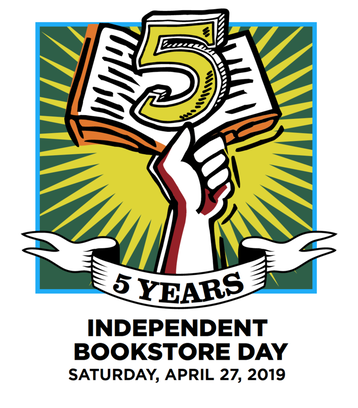 Last Saturday I celebrated an occasion I’ve never celebrated before: Independent Bookstore Day. It was so much fun I plan to put it on my calendar every year. 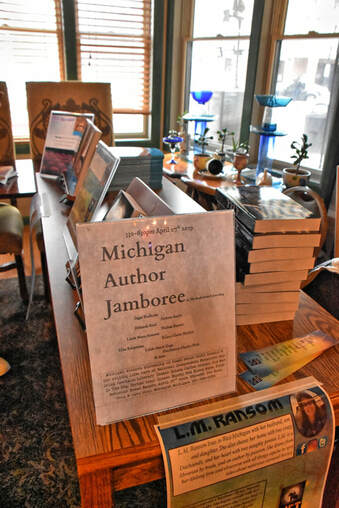 The bookstore celebrated Independent Bookstore Day with a Michigan Author Jamboree The bookstore celebrated Independent Bookstore Day with a Michigan Author Jamboree All around the country indie bookstores hosted special events, like the Michigan Author Jamboree my friend Janet and I attended at the Book Nook & Java Shop in Montague. A chilly wind just about blew us into the store, but inside by the fireplace, with warm drinks in hand, all was cozy. 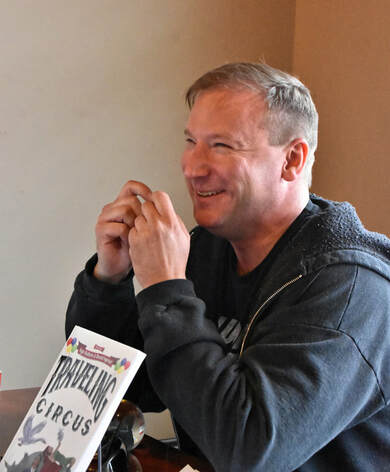 Ingar Rudholm led an informative workshop Ingar Rudholm led an informative workshop The event opened with a workshop on how to present your book to prospective readers. Led by author Ingar Rudholm, the workshop offered easy-to-apply tips on quickly engaging readers and keeping their attention. We all had a chance to practice our book pitches during the workshop. And it was a good thing we did, because after the workshop, any authors who wished to do so were given ten minutes to get up on stage and talk about their books to an audience of readers.  My very first author display! My very first author display! Following those presentations, authors signed and sold books at tables near the front of the store. Even though I won’t have books to sell until October, I took the opportunity to spread the word about Mango Rash, hand out information cards, and sign up subscribers to my newsletter, Mango Meanderings. 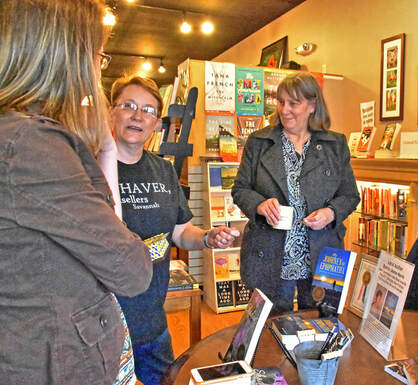 Authors D.A. Reed (left) and Janet Vormittag (right) talk with a store visitor Authors D.A. Reed (left) and Janet Vormittag (right) talk with a store visitor Beyond promoting my own book, though, I was excited to connect with other Michigan authors. It’s always interesting to hear how authors began writing and what led them to write the kinds of books they write. I also learned about Written in the Mitten, an online community of published and aspiring authors that shares information on local author events. 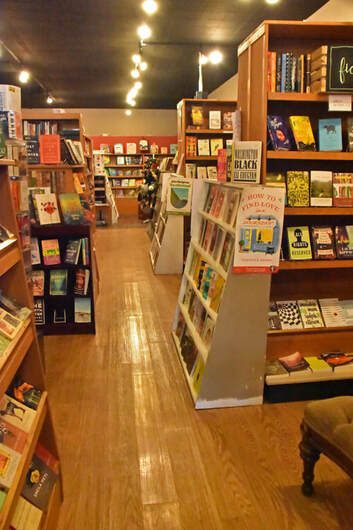 Most of all, I was happy to show my support for independent bookstores. These welcoming spaces are more than stores, often serving as community hubs and performance venues. They enrich their neighborhoods and boost local economies. As publishing professional Valerie Peterson noted in a 2017 article, even some well-known authors got their start at local independent booksellers. “For example,” she wrote, “Square Books in Oxford, Mississippi hosted an unknown John Grisham's first book signing event.” 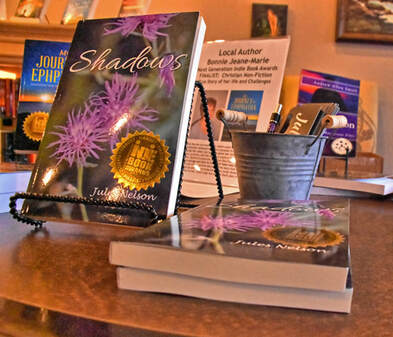 Books by Jules Nelson, Bonnie Jeane-Marie, and Andrew Allen Smith Books by Jules Nelson, Bonnie Jeane-Marie, and Andrew Allen Smith So mark your calendar for the last Saturday in April 2020 and plan to celebrate next year’s Independent Bookstore Day. But don’t wait until then to celebrate independent bookstores. Visit often, and buy books! As for me, I’m heading off tonight to Flying Bear Books for poetry night.
12 Comments
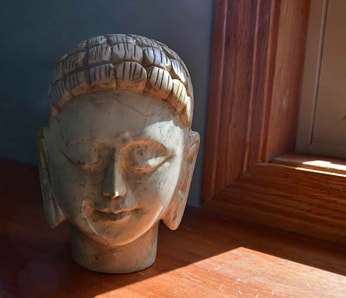 A sunny windowsill at Fae Wood Studio A sunny windowsill at Fae Wood Studio In some ways, the third Monday in March seemed like any other Monday. Early that morning, eleven of us trooped into Fae Wood Studio, the serene space that’s been our yoga home for the past couple of years. Just as she had on so many other Mondays, our teacher, Behnje Masson, led us through a series of moves that refreshed our bodies and boosted our spirits. Our spirits needed boosting more than usual, because—appearances notwithstanding—this Monday was not just any Monday. It was our last class at Fae Wood Studio, and for now, at least, Behnje’s last time to travel to Newaygo to teach us. 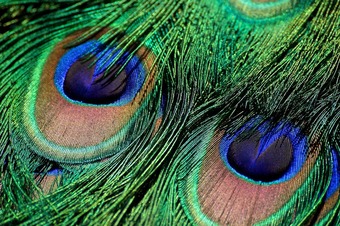 For this community of yoginis, this ending marked yet another change in a long history of practicing and studying together. More than twenty years ago, our neighbor Sally Kane initiated the class, teaching every Monday morning in her basement. When Sally went back to school to become a teacher, Ellie Randazzo appeared at just the right time. Ellie took over Sally's class and went on to add more classes, build a devoted following, and eventually open her own studio, Woodland Yoga. As I've written about before, yoga with Ellie, followed by breakfast at Hit the Road Joe Coffee Café became a can’t-miss Monday-morning routine for the group (which I joined about seven years ago), and friendships flourished in the process. 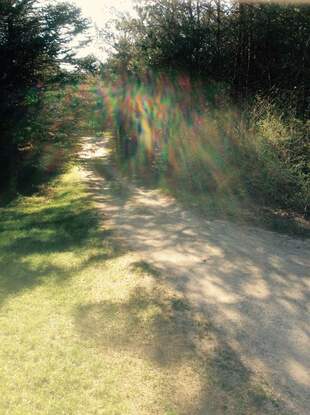 The peaceful setting of Fae Wood Studio seemed magical at times The peaceful setting of Fae Wood Studio seemed magical at times When Ellie died unexpectedly in 2016, we were adrift. Yet we kept our Monday morning yoga-and-breakfast sessions going, even when we had to squeeze into someone’s living room or loft to practice together. Then, through a charmed confluence of events, Ellie’s sister Kathy invited us to use her newly-established studio, Fae Wood, and Behnje offered to drive up from Grand Rapids twice a month to teach us. It was an ideal arrangement, one we’ve been privileged to enjoy for almost two years. But just as Ellie always taught us, change is inevitable. Sure enough, everything has shifted again, and it’s time to readjust. After deciding to move back to Grand Rapids, Kathy has sold her home and closed Fae Wood Studio. Meanwhile, Behnje’s studio in Grand Rapids, From the Heart Yoga, has moved into a new location and needs more of her time and attention. All of that means we’re adrift again. But sad as we are to see this chapter close, drifting for a bit may not be a bad thing, especially with all the possibilities swirling around us: continue practicing together at a new location, carpool down to From the Heart Yoga, try out other local yoga classes. 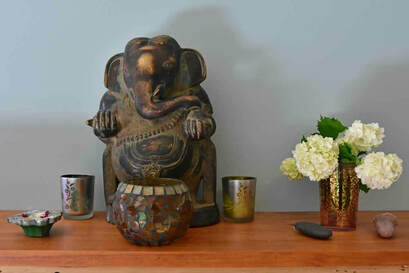 Ellie's favorite Ganesh figure Ellie's favorite Ganesh figure At the end of our last class, we gathered at the back of the room, near Ellie’s favorite statue of the Hindu archetype Ganesh. Behnje talked about the importance of letting go of what you’ve lost, without trying to figure out in advance what’s coming next. She used the image of casting the old into a stream and just waiting to see what flows back to fill the space left open.  It was fitting that this last, momentous class happened to fall in the same week as the vernal equinox, a time associated with balance, but also with change, cleansing, and new beginnings. As we contemplated this latest change, we could feel winter loosening its grip, allowing us to move forward into a season of growth and beauty. It was a good time, too, to be reminded that yoga itself is all about change. As instructor and author Cyndi Lee writes in the March/April 2019 issue of Yoga Journal, yoga “offers a myriad of experiences, many that we could never have predicted.” The point is not to nail a particular pose and hold onto it to dear life (no matter what we may think as we totter in Tree pose), but to adapt, adjust, and explore the range of possibilities.  “See how your actions come together to make certain poses, and then notice how that experience dissolves and is over. We are learning the truth of impermanence. Since everything arises and passes, we try to appreciate it in the moment that it is here.” 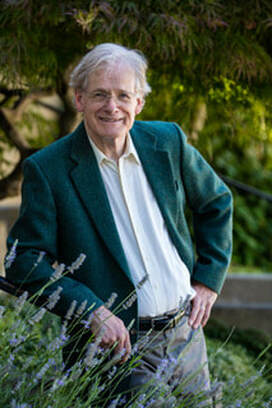 Peter Gibb Peter Gibb I’m happy to welcome Peter Gibb to HeartWood today. I met Peter when I took—and greatly enjoyed—his workshop, “The Joy of Mindful Writing,” at the Pacific Northwest Writers Association conference last fall. 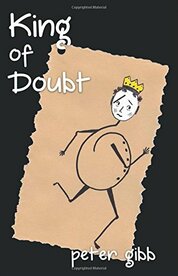 Peter's award-winning 2017 memoir Peter's award-winning 2017 memoir Peter’s award-winning memoir, King of Doubt, is a beautifully-crafted story of self-discovery—a must-read for anyone who’s ever experienced self-doubt. (Is there anyone who hasn't?) When I learned he has a book on mindful conversation in the works, I cleared a space on my bookshelf in anticipation.  As he relates on his website, Peter grew up shy and isolated. Not exactly a conversational whiz. Eventually, though, he caught on to a few secrets that he honed and shared over a 22-year career of teaching, consulting, and coaching conversational skills “on 4 continents, in 3 languages, to Fortune 500 companies, to leaders of the emerging democracies in Eastern Europe, to doctors and bakers and just plain folks, hungry to learn.” I’m honored to have Peter as a guest today. At the end of his post, you’ll find a link to his website, where you can take a quiz to learn your dominant conversational style. I encourage you to check it out. I took the quiz and not only gained insights into my habits in conversation, but also got tips on tweaking those habits toward more effective and satisfying face-to-face communication. Now, here’s Peter . . . First, I’m delighted to be a guest on Nan’s blog. So much interesting talk happening here, and such important topics.  Great conversation brings satisfaction and success Great conversation brings satisfaction and success Is there any human activity that has the potential to bring us contentment and provide real connection, more than Great Conversation? Conversation is a master life skill. Essential for parenting, teaching, leading, making friends, getting along with colleagues, selling . . . you know, just about anything and everything you do will be more successful and more satisfying if accompanied by Great Conversation. But here’s the rub. Not all Conversation. In fact a great deal of conversation isn’t conversation at all. It’s just talk. Talk that does not bring us contentment or connection. Serial Monologue A great deal of talk consists of what I call “Serial Monologue.” This is talk in which two people, supposedly engaged in conversation, are actually just talking heads, listening mostly to their own voices. Rather than paying attention to what the other person is saying, they are more frequently:
Grabbing Response Further, when such talkers do respond to the speaker, the most frequent type of response is what I call a “Grabbing Response.” Here is an example: Person A: “I just got back from a great trip to San Diego with my family. We had a terrific time.” Person B: “San Diego, we were there in fall of ’17, but it was cold most of the time.” Person A: “The zoo was really wonderful. My Clara left saying she wants to become a Vet. I’ve never seen her so excited.” Person B: “Really. We take our kids to the zoo at least once a year.”  Some exchanges are more like football games than conversations Some exchanges are more like football games than conversations Person A is all excited to tell about her vacation, but Person B pretty much disregards everything that A says and launches into whatever story comes to mind. A conversation should be like a dance of connection, but in fact this one is more like a football game, each side trying to grab the ball and score points on some mythical scoreboard. Person B grabs the spotlight from A and changes the topic from A’s vacation to B’s cold vacation in San Diego and how one of the children is going to be a Vet. Instead of creating connection and contentment, this kind of talk fosters isolation and frustration. Neither talker feels heard or acknowledged. There is no real connection. What Ears Can Do We were given two ears but just one mouth. There must be a reason. The most critical ingredient for Great Conversation is “Deep Listening.” The first step toward deep listening is to get rid of grabbing responses and start using “reflective responses” instead. Imagine how different this conversation might have been, had it gone something like this: Person A: “I just got back from a great trip to San Diego with my family. We had a terrific time.” Person B: “You sound so excited. San Diego. What made the trip so exceptional?” 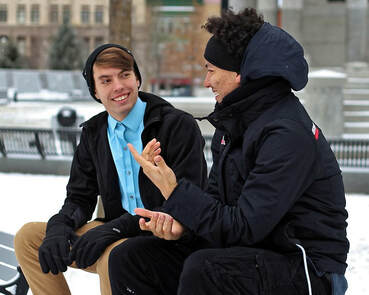 Reflective response is the first step toward deep listening Reflective response is the first step toward deep listening This is a “reflective response.” There are many types of reflective response, too many to go into here. They all validate the speaker, mirroring back some aspect of what the speaker has said and often inquiring for further about the topic. Note that in this particular response, Person B validates a feeling (excited) and then inquires for more detail (what made the trip so exceptional?) There is no telling my own story, or giving advice, or judgment, or distraction. It’s basically listening, reflecting and inquiring. Simple? Well, not always, but what a difference it will make. The Power of Listening Learning to become a more conscious, committed listener is the single most important step you can take to move your conversation from talk to connection and ultimately to “Great Conversation.” So what exactly is great conversation? Well, that’s a longer conversation. The best I can do in this short time is to say that it’s a skill we can all develop. It’s based on four values whose first letters spell the word C.A.R.E.
 If you’d like to learn more about Great Conversation, please visit my web site, http://www.petergibb.org/. Scroll down a bit on the home page, and you’ll see an invitation to take the “Conversational Style Assessment,” a short survey that will help you discover your dominant conversational style. You’ll learn which of four basic conversational styles (Observer, Nurturer, Performer, and Explorer) is your default mode. You’re not locked into any one style for life. You can change your conversational style, but knowing your default style can help you to get oriented and on the path to Great Conversation. Take the assessment and you’ll get a personalized report back from me. I also have a blog that discusses issues of Great Conversation once or twice per month, and a forthcoming (but not for at least 18 months) book, titled Beyond the Weather: 5 Steps to Great Conversation. If you’d like to be notified when the book is released, please sign up on the drop down form on my web site, or email me: [email protected] Thanks for Listening. I hope to visit with you again.
Peter 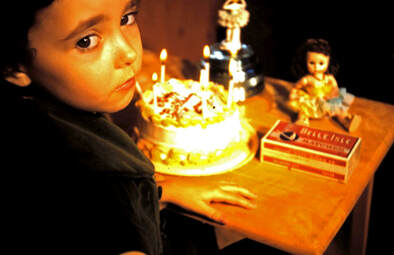 Today is my birthday! I was going to be all low-key about it—just let it slide by without a mention. But when I noticed it would fall on a blog-posting day, I couldn’t resist sharing some birthday thoughts with you. Besides, this one’s a biggie: 70. Just typing that number makes my jaw drop. Me?? 70?? With the dicey health history I had from age 17 on, there were times I doubted I’d ever see this many candles on my cake. Yet as the years piled up, I allowed myself to hope—and then believe—I just might. When I did envision myself at 70, I imagined I’d be living a slowed-down, reflective life, sifting through mementos and old photo albums, processing the past, while practicing meditation and yoga to keep me grounded in the present. What I didn’t imagine was that I’d be so involved in new projects and interests and so jazzed about what’s still ahead. 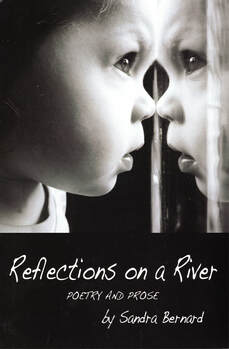 My friend Sandra Bernard recently published this book of poetry and prose and now is working on a new children's book My friend Sandra Bernard recently published this book of poetry and prose and now is working on a new children's book It helps that we live in a community of energetic, engaged people around my age and older who are doing interesting things: playing and recording music, making art, writing and illustrating books, tending gardens, devoting time and talents to worthy causes. (By the way, if you missed my post on Bea Cordle, an inspiration to us all at 90+, be sure to check it out.) 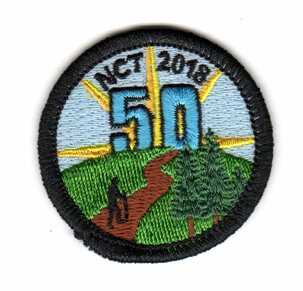 Last year, the stars aligned to make good things happen with my writing and photography. Now, looking forward to the publication of my memoir, Mango Rash, later this year, I’m loving the idea of being a debut author at 70. Toward the end of last year, I also achieved my goal of hiking 50 miles of the North Country Trail, earning that coveted patch for the vest I wrote about in a previous post. This year, I’ve signed up to try for 100 miles (and another patch!), and though sub-zero temperatures and icy trails have set me back lately, I’ve at least made a start toward that goal. Yet in spite of my undampened enthusiasm for projects and passions, this time of life does feel different in some ways from my earlier years, and I do feel the need to take time out for reflection, for putting things in context and looking back as well as forward. In that spirit, Ray and I have been looking through all my photo albums, in order. They start with photos from before I was born—ancestors, my parents’ early lives—and continue up to 2003, when we switched from film to digital and I got tired of sticking pictures on pages. 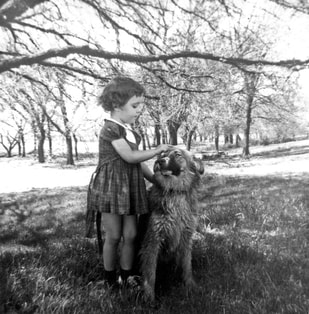 My love of the outdoors has been a theme through the years My love of the outdoors has been a theme through the years Though I’ve dipped into these albums from time to time over the years, I’ve never gone through them this way, one after another, in the span of a few weeks. Doing that now, I notice threads that run through the decades. One is my love of nature, from childhood romps in the woods to more recent treks on nearby trails. Another is appreciation of art, evident in snapshots from settings that range from tony sculpture gardens to funky street fairs. Travels—around Michigan and beyond, by motorcycle, RV, or other conveyance—are another theme. Most meaningful, though, are the faces that keep showing up, year after year, in different situations and places: the friends and family members with whom I’ve shared both celebrations and somber occasions. It's gratifying to realize how many of these people I'm still in touch with and have talked to or exchanged email with in the past week alone. Remembering the roles we’ve played—and continue to play—in one another’s lives gives me a deep sense of connection.  Within the pages of my photo albums, I also find reminders of the losses that come with a long life. So many faces in those photos belong to people who have passed from this life and whose presence I miss. At this time of life, the losses come closer together, and the bonds among those of us who remain grow stronger. When I embarked upon this photographic time trip, I didn’t give much thought to its significance. It was just one of those “someday, I’ll . . . ” things that I felt like doing now. Now, as I pore over pages, I realize what a profound experience it is to look back over a lifetime and contemplate what it's all been about. At a time when it sometimes seems things are falling apart, there's also a sense that everything's coming together. As I anticipate the coming year—and years—it's with a keen awareness that there's really no way of knowing what may come, and no point in either worrying or fantasizing about what-ifs. All I can say for now is, "So far, so good." Share your thoughts about the stage of life you're experiencing.
From the beginning, I have tried to keep HeartWood politically neutral, partly as a haven from all the discord around us, and partly because plenty of other outlets exist for expressing my political views, if I wish to do so. I'm not about to change course here, but I do want to remind readers that we have an important midterm election coming up next week. I encourage you to vote! In case you need more encouragement, here are some other people's thoughts on voting and democracy. Voting is like alchemy—taking an abstract value and breathing life into it. Voting is the expression of our commitment to ourselves, one another, this country and this world. -- Sharon Salzberg Every election is determined by the people who show up. -- Larry Sabato Elections belong to the people. It's their decision. If they decide to turn their back on the fire and burn their behinds, then they will just have to sit on their blisters. -- Abraham Lincoln Democracy cannot succeed unless those who express their choice are prepared to choose wisely. The real safeguard of democracy, therefore, is education. -- Franklin D. Roosevelt Voting is a civic sacrament—the highest responsibility we have as Americans. -- Christine Pelosi As I think of it, democracy isn't like a Sunday suit to be brought out and worn only for parades. It's the kind of a life a decent man leads, it's something to live for and to die for. -- Dalton Trumbo Nobody will ever deprive the American people of the right to vote except the American people themselves and the only way they could do this is by not voting. -- Franklin D. Roosevelt Democracy is the only system capable of reflecting the humanist premise of equilibrium or balance. The key to its secret is the involvement of the citizen. -- John Ralston Saul Not voting is disrespecting the best of what this nation stands for. -- Thomas Hauser Deliberation and debate is the way you stir the soul of our democracy. -- Jesse Jackson Voting is the foundational act that breathes life into the principle of the consent of the governed.
-- DeForest Soaries Dreams, determination and a life's artistic work—that's what transformed a nondescript vacant lot in Detroit into an urban sculpture park. 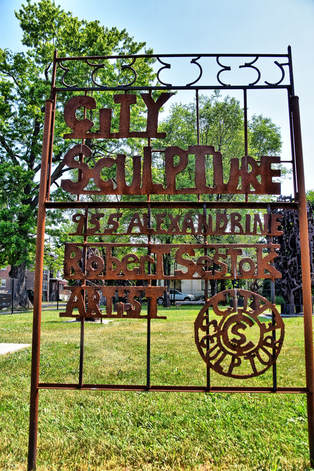 Sign at the entrance to City Sculpture Sign at the entrance to City Sculpture City Sculpture is the creation of Robert "Bob" Sestok, who has been making art in Detroit since the 1960s. I met Bob in the early '80s, when the neighborhood now called Midtown was in its grittier incarnation as the Cass Corridor. Bob was already a fixture in that community, as one of the founders of Willis Gallery and part of the Cass Corridor Movement, a group of artists whose unconventional methods and materials reflected the crumbling, post-industrial environment of the time and were influenced by the abstract expressionists of the 1950s. Some of those artists, including Bob, were featured in a 1980 Detroit Institute of Arts retrospective exhibition, "Kick Out the Jams: Detroit's Cass Corridor, 1963-1977." (The title was a nod to the debut album of the rock band MC5, which played at the opening of an art show Bob organized in 1972.) 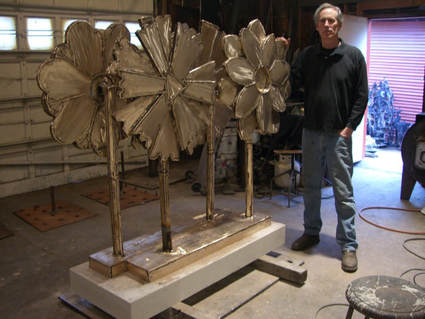 Bob Sestok with one of his sculptures Bob Sestok with one of his sculptures I've always been amazed at Bob's ability to segue seamlessly from drawing to painting to printmaking to creating massive metal sculptures. Many of those sculptures are displayed in public spaces in Detroit, its suburbs, and other locations around Michigan and beyond. Other pieces accumulated over the years in the alley behind Bob's studio. But Bob had a bigger vision for those works: a public space to display the sculptures right in the neighborhood where they were produced. He didn't have to look far to find a good spot. A block away from his home and studio was a city-owned vacant lot that fronted the John C. Lodge Service Drive. A conscientious neighbor and his kids had been mowing the lot and keeping it trash-free, and when that neighbor died, Bob took over the job. 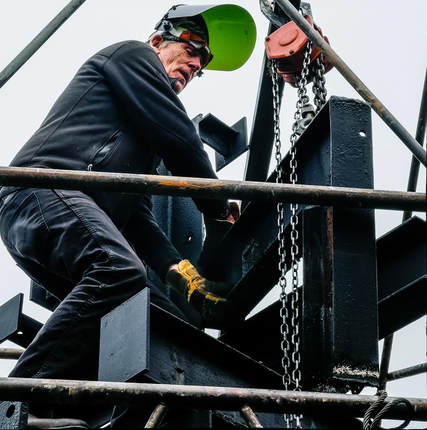 Bob Sestok atop one of his sculptures (Photo: Roy Feldman) Bob Sestok atop one of his sculptures (Photo: Roy Feldman) "I was cutting the grass and thinking, 'Why don't I own this?'" Bob recalls. So he bought the property from the city and then spent about a year cleaning it up, repairing the sidewalks, installing a fence and pouring concrete slabs for the sculptures. Once that work was done, he spent another week or so moving and positioning the sculptures. 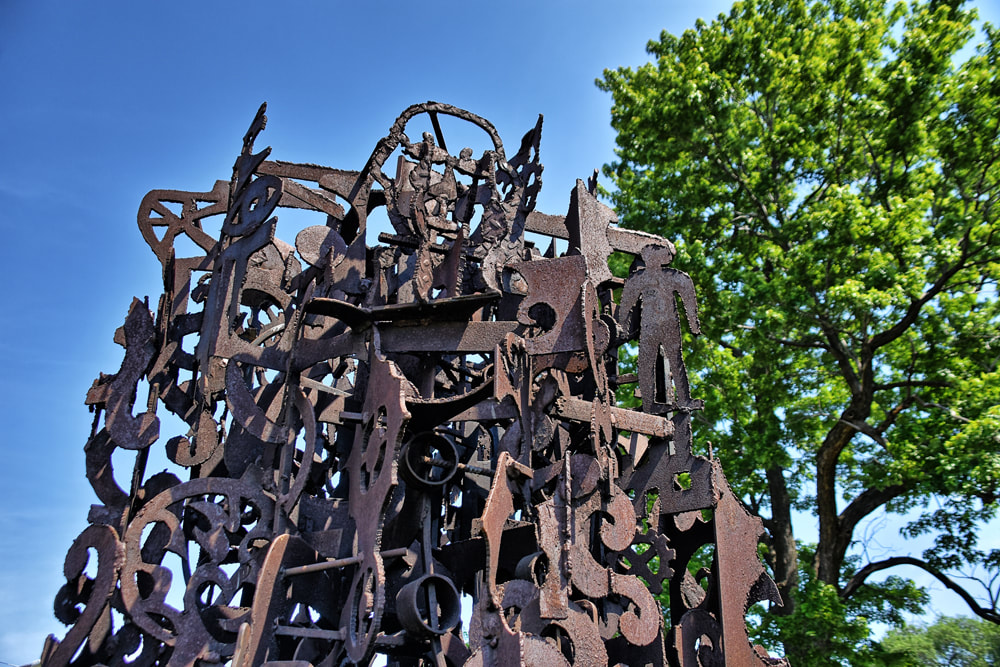 "As soon as I did that, all of a sudden the news media got wind of it, and I was on all the television channels and in the newspaper," says Bob. "It was quite a big bang." And quite a change for an artist who has always been more comfortable just doing his work than being in the public eye. "I kind of shy away from stuff like that," says Bob, "but I was willing to do interviews and tell people about the work in the park. So I'm a little more public today than I have been in the past, but that's the nature of having a space like that. And it's a fun thing to have. People go there from all over the place." Like Tyree Guyton's Heidelberg Project and Olayami Dabls's MBAD African Bead Museum, City Sculpture has become a destination landmark, as well as a showcase for an individual artist's life work. "Tour buses pull up, school buses pull up, kids get out, all kinds of people," says Bob. "We give tours. People contact me if they want to have the artist's viewpoint of the park. I do a little talk. We've had thirty or forty people at a time." 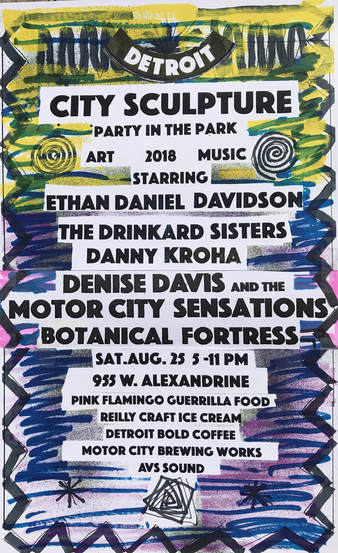 The poster for this year's City Sculpture Party in the Park The poster for this year's City Sculpture Party in the Park He also throws a party in the park every summer. "It's kind of a big thing for me to put together," he says, "but I get local musicians and it's a lot of fun." This year's event, scheduled for Saturday, August 25, features Ethan Daniel Davidson, The Drinkard Sisters, Danny Kroha, Denise Davis and the Motor City Sensations, and Botanical Fortress. 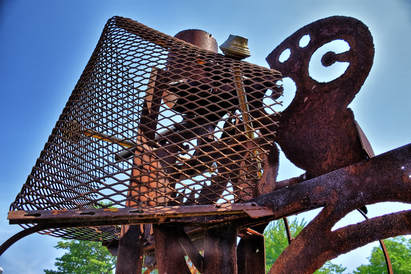 I'd been hearing about the park since it opened in 2015, but hadn't had a chance to visit it until a few weeks ago, when Ray and I drove down to Detroit to have lunch with another old Cass Corridor friend who was back in town for a couple of days. We arrived a little early, and since the restaurant where we were to meet our friend was only a few blocks from City Sculpture, we made a side trip to the park to check out Bob's creations. 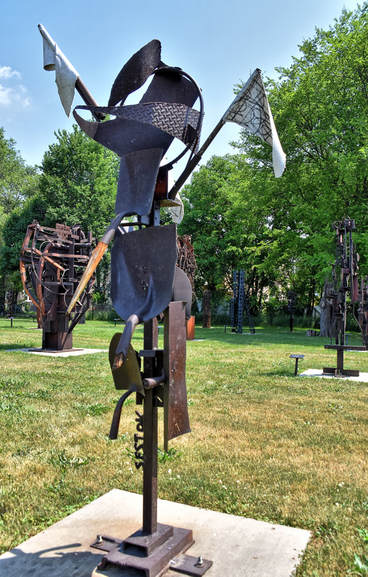 Seeing so much of Bob's work in one place was truly impressive. Thirty-two sculptures of welded steel, crushed aluminum, car parts, and garden implements are artfully arranged around the well-maintained site. A bench beneath a tree offers a place to sit and reflect. Even with traffic whizzing along on the Lodge Freeway, City Sculpture feels like a haven. The works on display reflect Bob's eclectic approach to making art, a style he has described as the absolute lack of a single, cohesive style. 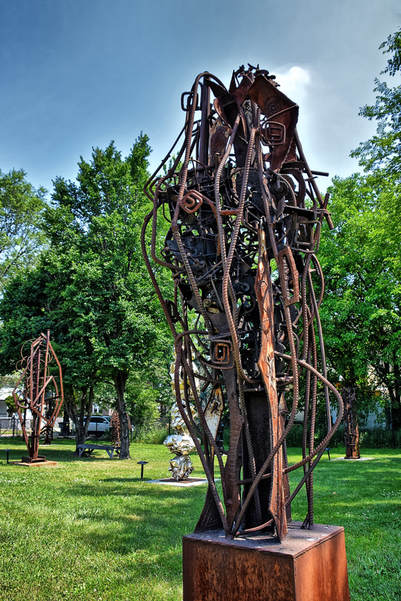 "When people ask who made all these, I tell them, 'Well, they could've been made by a lot of different people, because nothing looks the same.' There's a lot of diversity in my work. I think that keeps me moving forward." 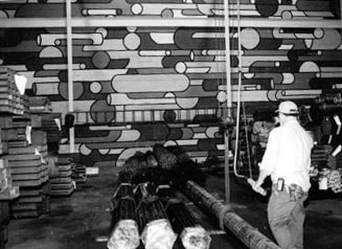 One of the murals at the Edward W. Duffy Company One of the murals at the Edward W. Duffy Company A graduate of the College for Creative Studies (then known as the Detroit Society of Arts and Crafts), Bob is known not only for his sculptures, but also for his paintings, including both permitted and unauthorized public art pieces. Among the first were murals commissioned in the early 1970s for the Edward W. Duffy Company, a pipe and tubing supply business. More recently, Bob created a mural for musician Jack White's Third Man Pressing, a vinyl record manufacturing plant in the Cass Corridor. White remembered seeing the Duffy Company murals when he was in high school, and once he became a successful musician with his own factory, he got in touch with Bob to commission a mural for the record-pressing facility. As for unsanctioned street art, Bob says he's pretty much "retired" from that line of work. "All the buildings I painted on were rehabbed or torn down. I said, I don't want to have my art destroyed completely." The desire to preserve his art also has him thinking about the future of City Sculpture. "Now I'm becoming more of a businessman and trying to get corporate sponsorships," he says. "I created a nonprofit, which I'm thinking to turn into a foundation to manage the park." He plans to turn over management of the foundation to his daughter Erika, who grew up in the neighborhood and has experience in park management. Meanwhile, Bob keeps making art and displaying his work in different venues. He recently delivered five sculptures to Michigan Legacy Art Park at Crystal Mountain in Thompsonville, and he's currently in a show at Marshall M. Fredericks Sculpture Museum in Saginaw. "I'm a lucky guy," he says. "I've got a job for my life. I can't stop—I just keep doing my thing. I like to discover things and challenge myself. If you don't challenge yourself, you're not learning anything. You have to push yourself and reach outside of your comfort zone in order to be prolific." With nearly one hundred sculptures, more than five thousand drawings, and some one thousand paintings completed to date, he should know. City Sculpture is located at 955 West Alexandrine in Detroit. To help support City Sculpture, visit https://www.citysculpture.org/donate/ Bob Sestok has exhibited at the Detroit Institute of Arts, Museum of Contemporary Art (Chicago), Cranbrook Museum of Art, and Marianne Boesky Gallery (New York City), among others, and had work in ArtPrize 2009. His work is held in numerous collections, including the Detroit Institute of Arts, Cranbrook Museum of Art,and Wayne State University. He has received grants from the Pollock-Krasner Foundation, the National Endowment for the Arts and The Kresge Foundation.
I was at my desk, working on this week's blog post when a mysterious missive came over the transom. The thing literally flew in as if borne by winged creatures. Now, I'm pretty good at ignoring tweets, pings, and such, but a fluttering billet is quite another matter. Of course I had to give it a read, and when I did, I knew I had to drop everything and share it with you. Here it is . . . 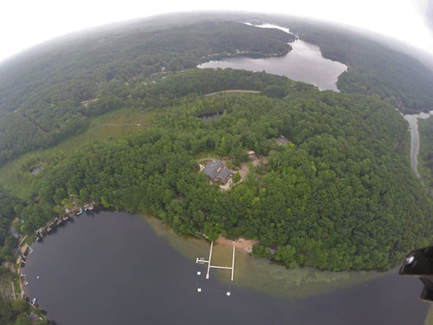 Fairy's eye view of Camp Newaygo (Photo courtesy of Camp Newaygo) Fairy's eye view of Camp Newaygo (Photo courtesy of Camp Newaygo) FAIRYLAND, Newaygo County (April 28, 2018)—This year's late spring had officials in the Enchanted Forest (also known as Camp Newaygo) concerned about the availability of housing for all the fairy folk returning from their winter homes down South. "Construction has been delayed all over the county, and the Enchanted Forest was no exception," said Elvira Elf, housing coordinator. "Fortunately, however, artisans from all around pitched in to fill the forest with creative homes for wee folk." 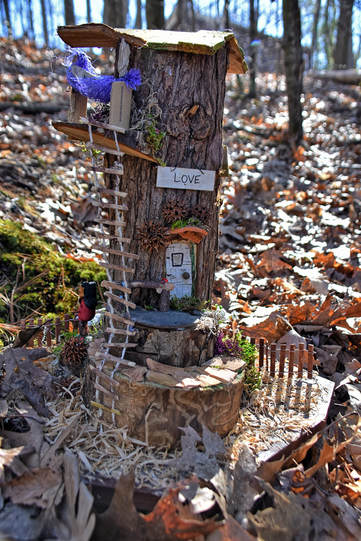 "Simplify" by Marcia Holcomb "Simplify" by Marcia Holcomb When fairies, gnomes, pixies and their pals showed up last weekend to check out the offerings, they found every kind of dwelling imaginable, from condo to castle. However, it's common knowledge that pixies can be, well, picky. And fairies are notoriously fickle, with whims that shift with the wind. So we sent a reporter out to tag along with the fae and find out what they thought of the choices. 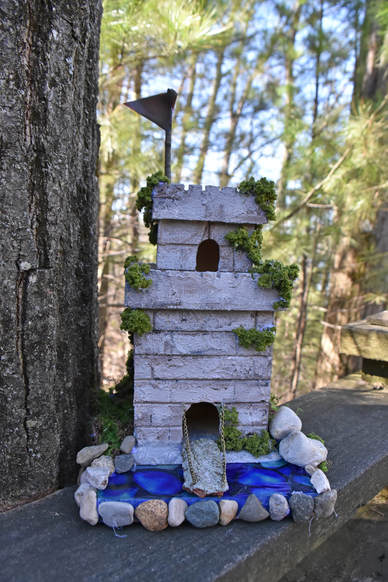 "Fairy Queen's Court" by Cortney Horan "Fairy Queen's Court" by Cortney Horan Pierre Pixée, who winters in the South of France, was searching for something palatial. "C'est si bon!" he said when he spied this turreted manse, complete with moat. Scurrying along a woodland path, Grizela Gnome pulled her cloak around her. "It's still too cold here in Michigan," she complained. "I wish I'd stayed on the beach." 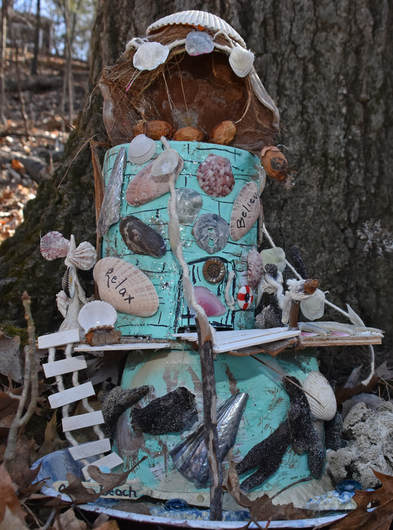 "Ocean Beach" by Marcia Holcomb "Ocean Beach" by Marcia Holcomb "But look," said her friend Sophie Sprite, pointing to a cottage nestled beneath a tree. "This house will make you feel sunny and warm no matter what the weather." "You're right! I'll take it," said Grizela. "Care to stay for a piña colada?" On the stairway leading down to Pickerel Lake, Fairy Fiona paused to take a breather. "These houses are all beautiful," she said, "but what I'd really love to find is one with room for my wine collection AND a view of the lake." Then she leaned over the railing and there it was: Gnome Top Vinyard. "It's an oenophile's dream!" she said. 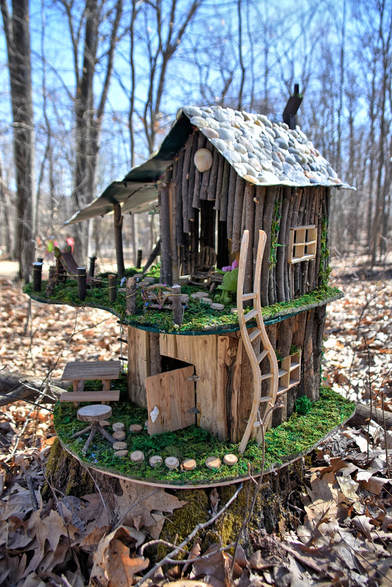 "Rustic Retreat" by Bob Hurley "Rustic Retreat" by Bob Hurley Up on the patio of Lang Lodge, Ivan Imp took Elvira Elf aside. "I hate to admit this," he said, "but I'm not much of a woodsy fellow. Really more of a garden guy. Any chance that the house I choose could be, um, relocated?" 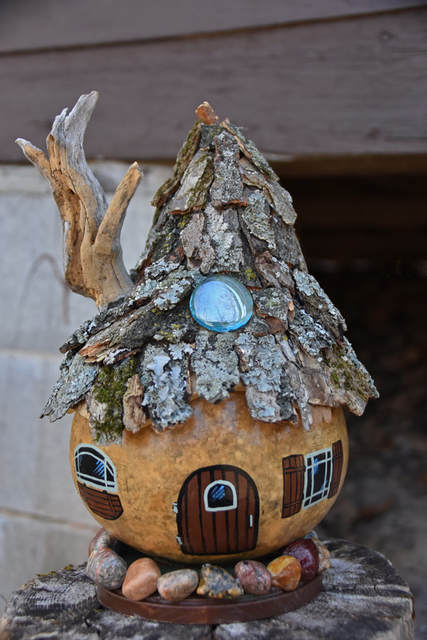 "Gorgeous Garden Hideaway" by Lisa Boerema "Gorgeous Garden Hideaway" by Lisa Boerema "As a matter of fact," Elvira said, "that's what we're hoping for. All the houses are up for auction, to raise money for Camp Newaygo's ongoing improvements. When bidding closes Sunday night, some lucky humans will be taking the houses home—complete with tiny inhabitants, of course—to install in their own special sites. I'm quite sure more than a few will find their way into gardens." What magical beings do you suppose chose these homes?
Ray and I are hitting the road again—heading back to the Southwest for a few weeks. I wish I could bring you all along, but once we stash all our gear in the truck, we just don't have room. Don't feel left out, though. I'm sending you on your own site-seeing tour—a virtual visit to a few websites that I think you'll enjoy. This week's tour has four stops. We'll visit more another day. Paper Pioneer |
Written from the heart,
from the heart of the woods Read the introduction to HeartWood here.
Available now!Author
Nan Sanders Pokerwinski, a former journalist, writes memoir and personal essays, makes collages and likes to play outside. She lives in West Michigan with her husband, Ray. Archives
April 2022
Categories
All
|
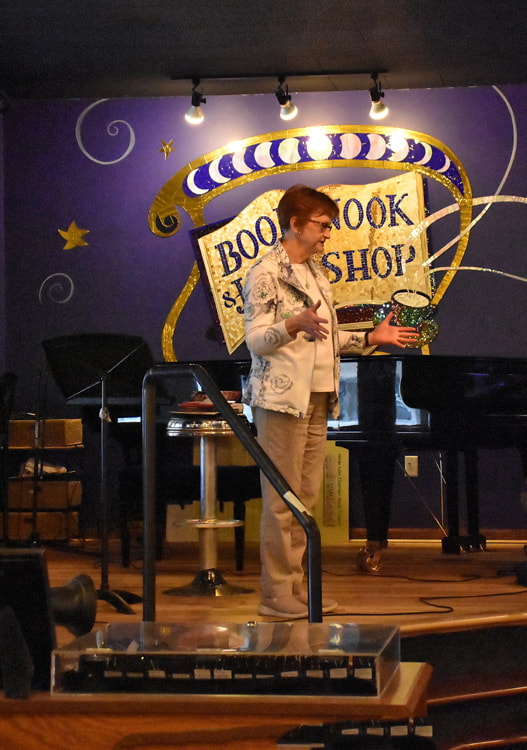
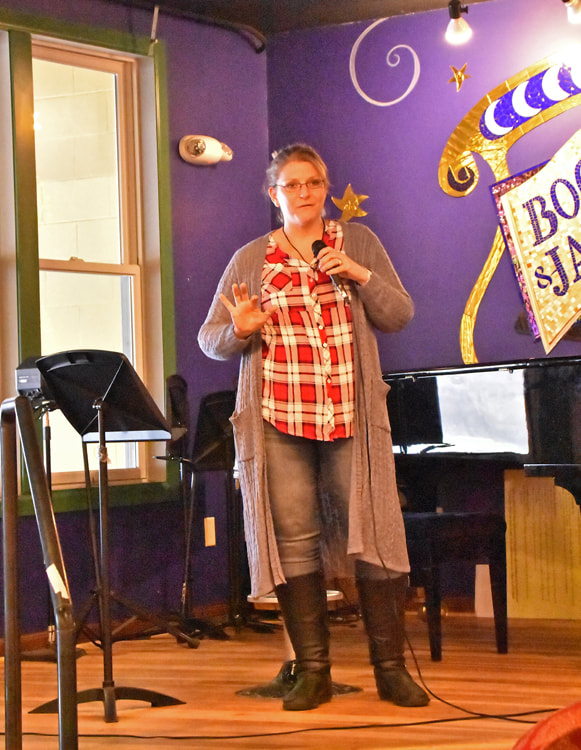
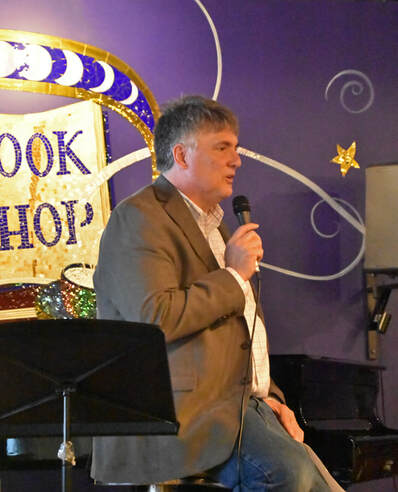
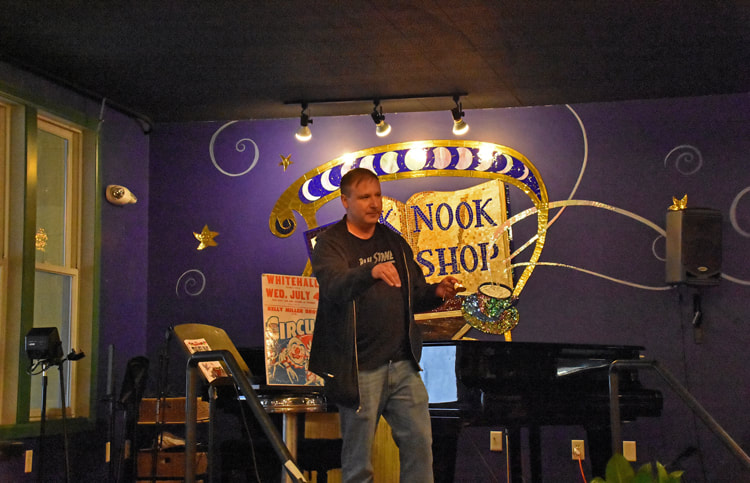
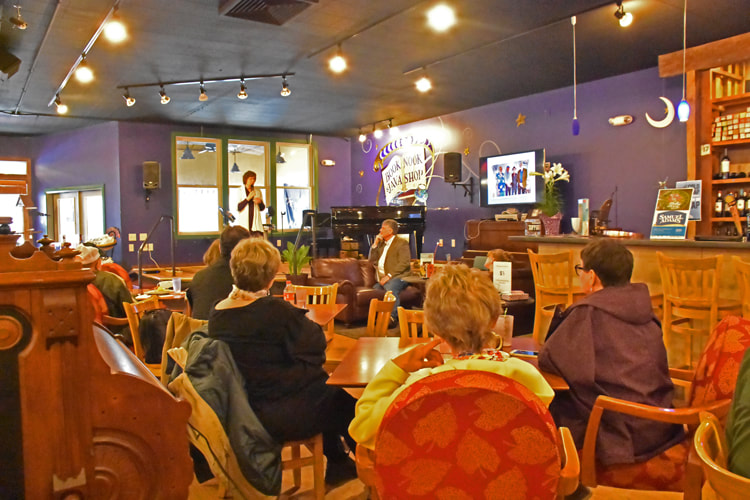
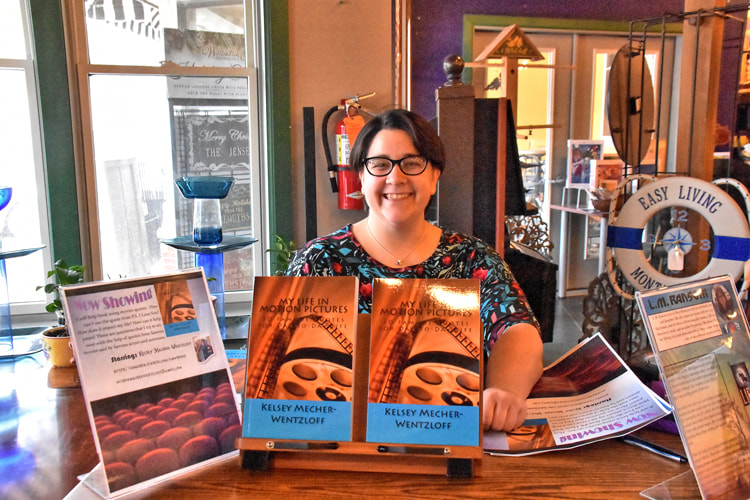
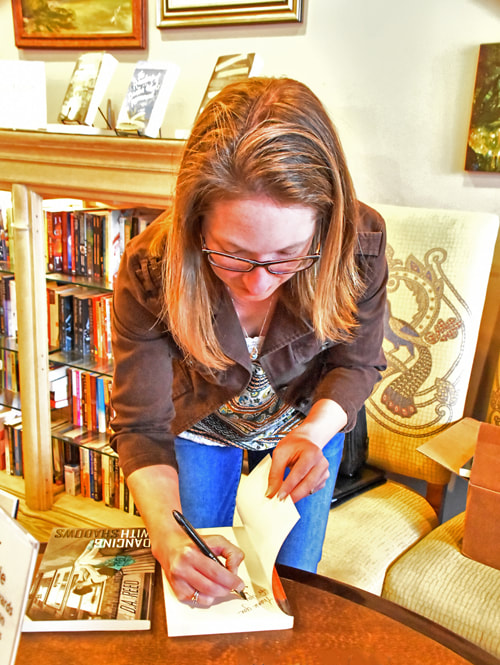
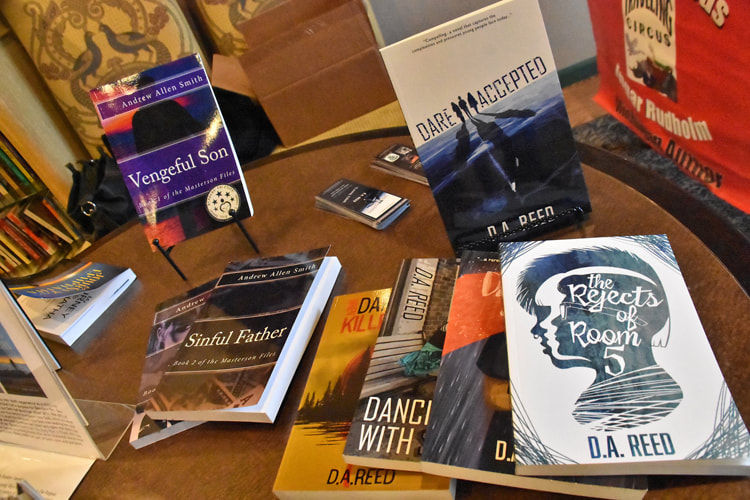
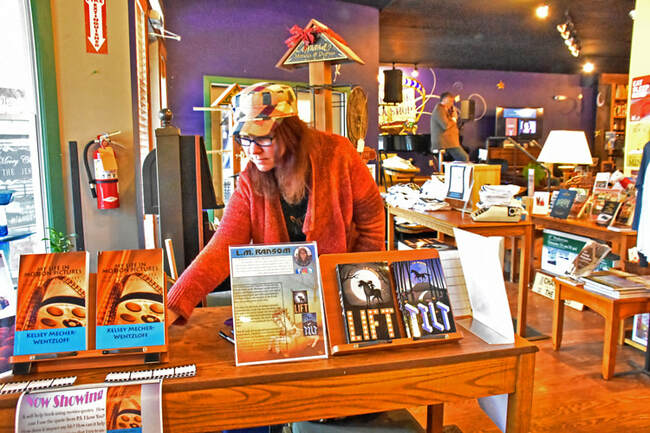

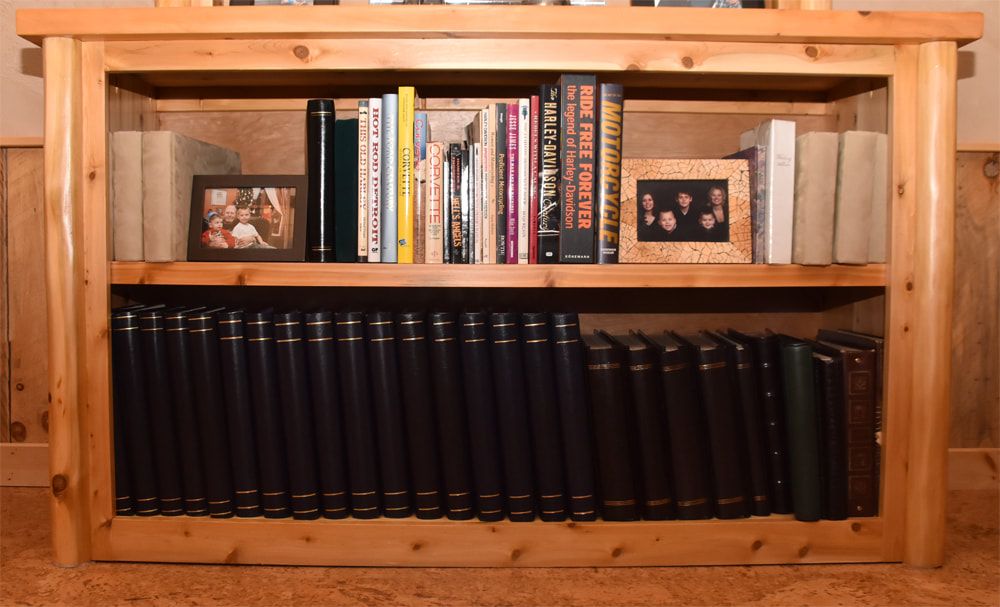
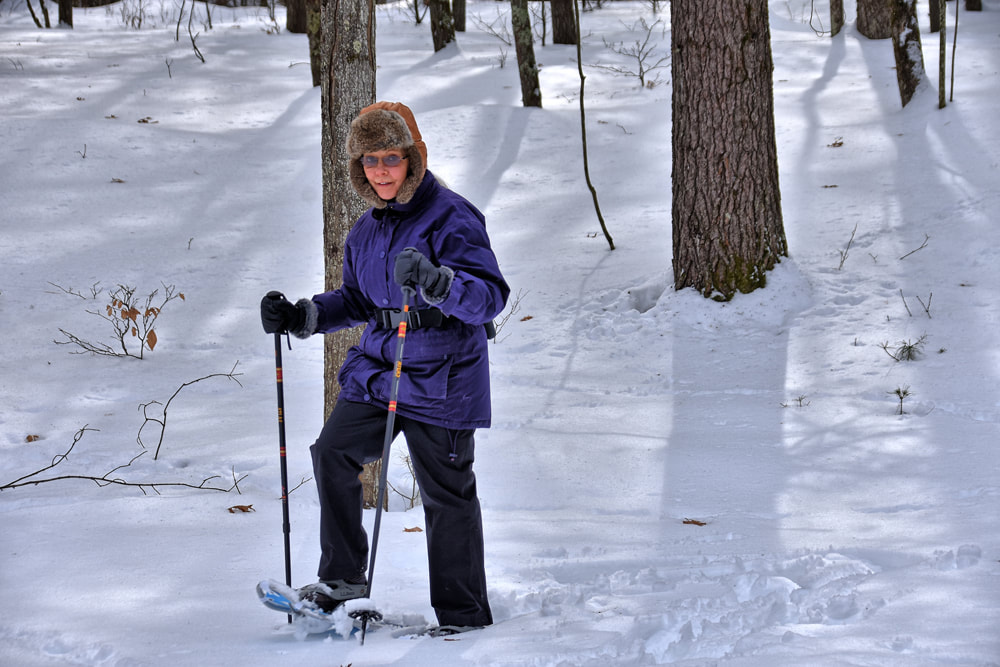
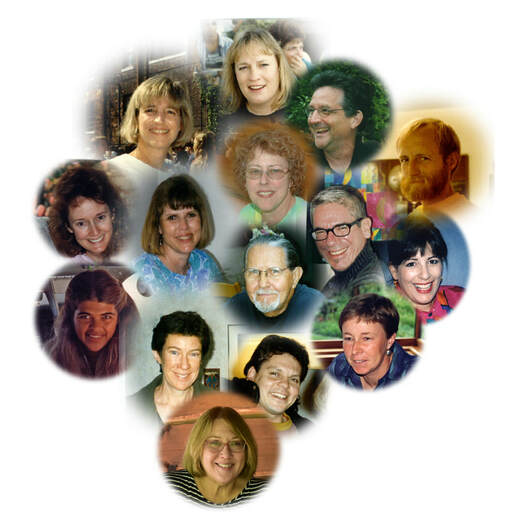
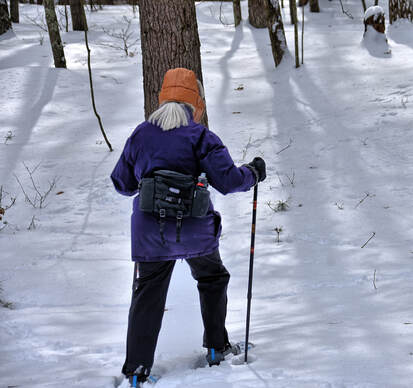











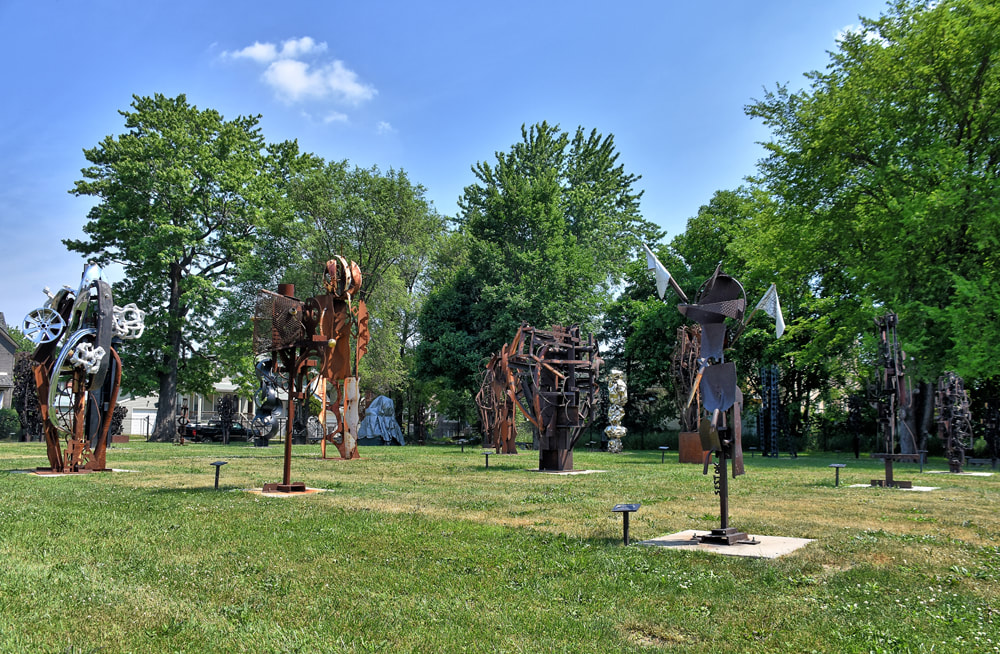
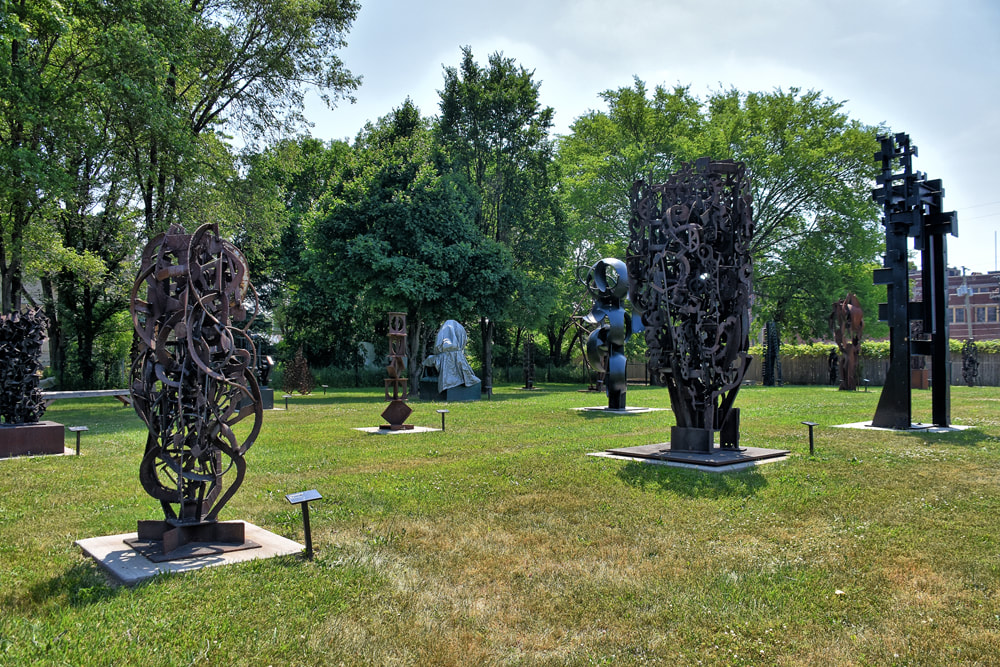
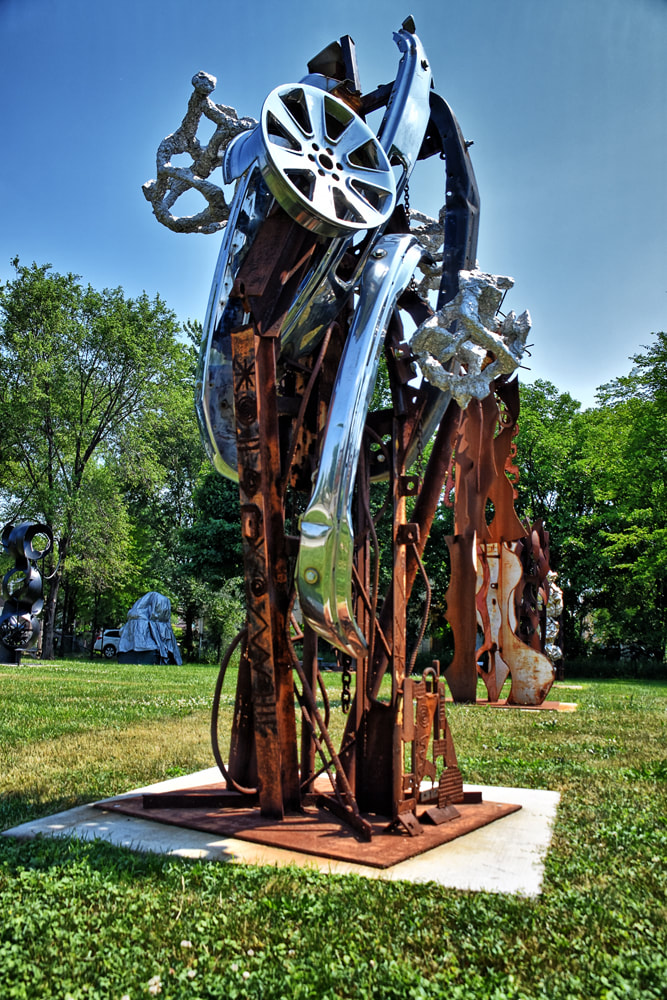
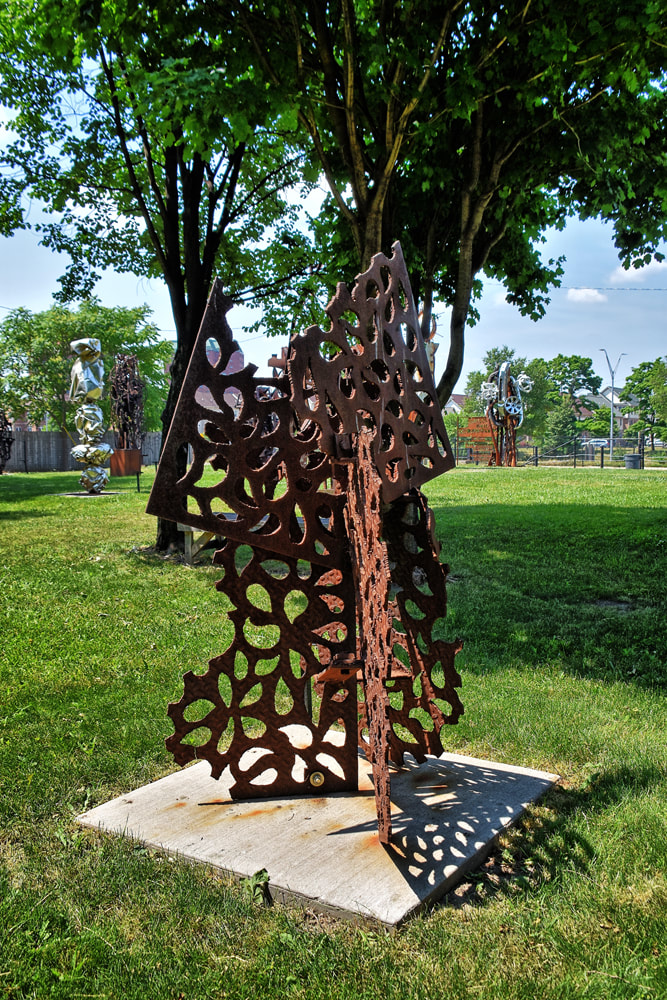
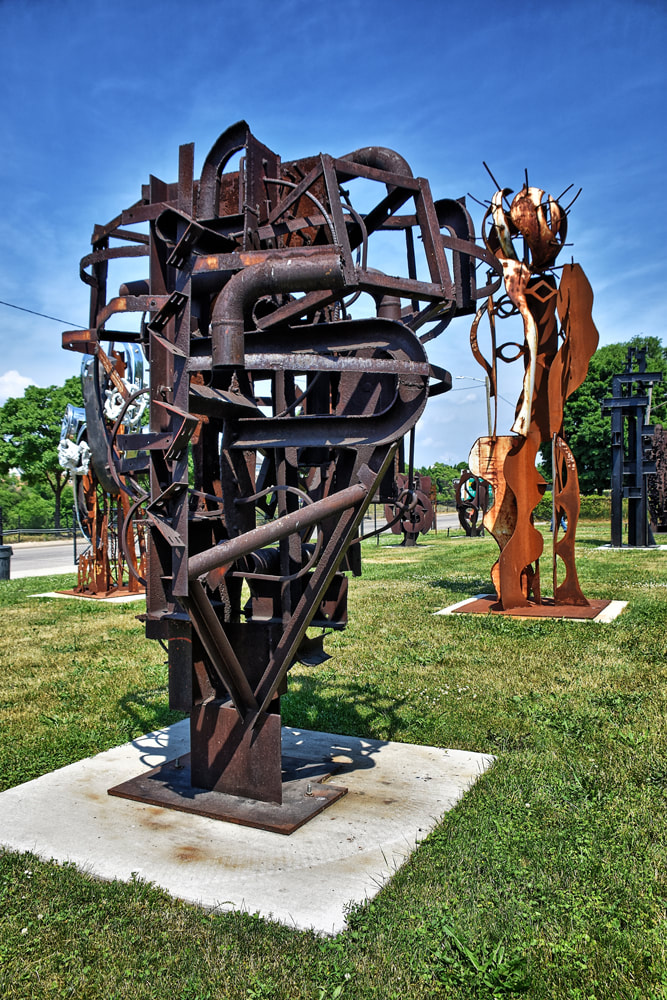
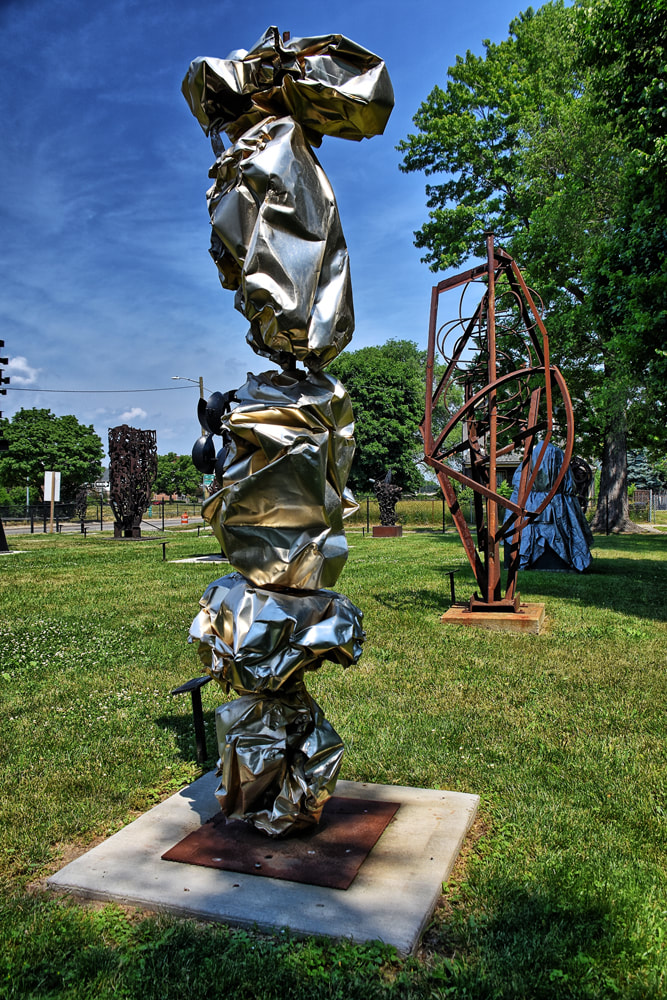
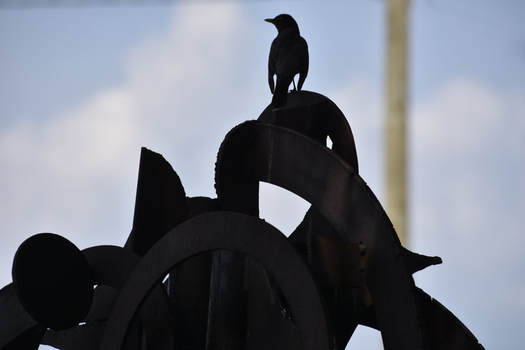
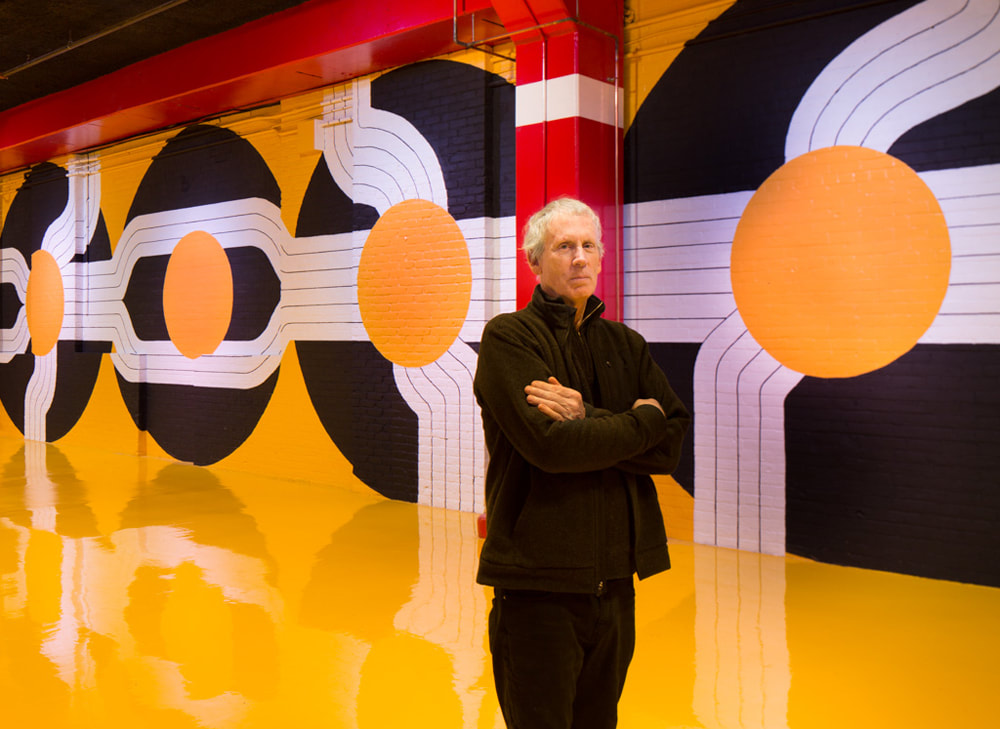
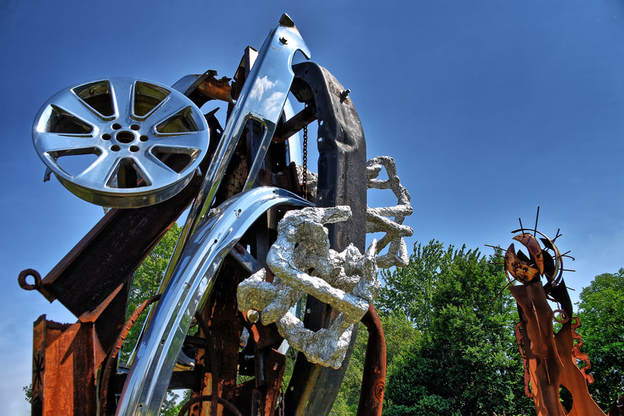
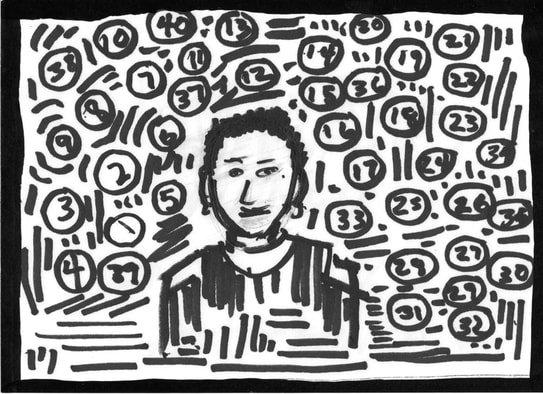
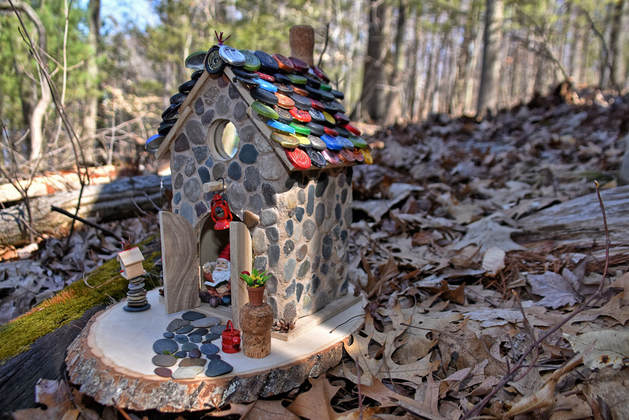
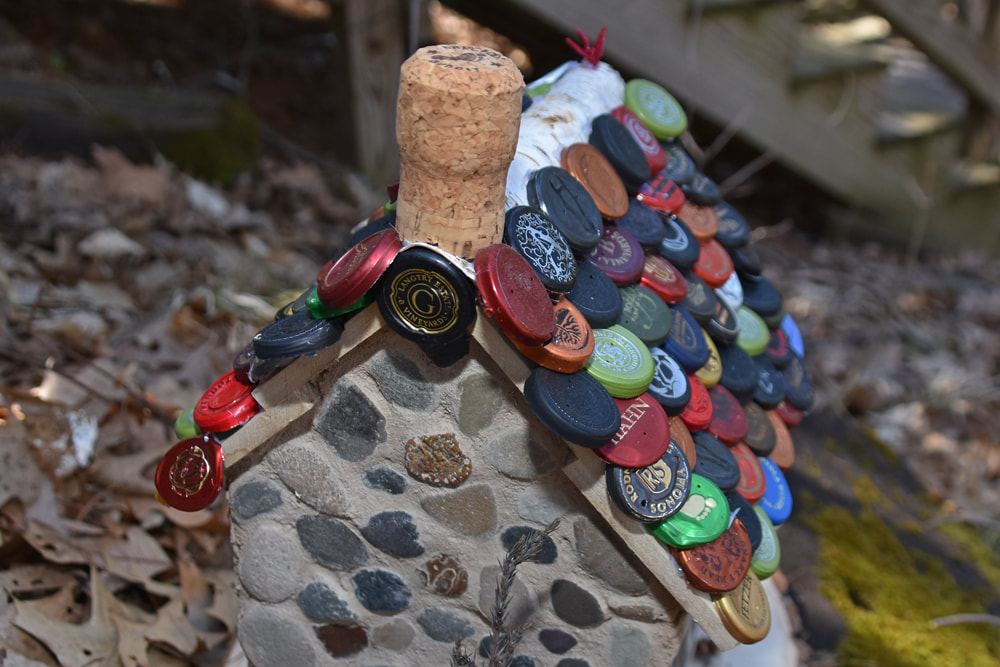
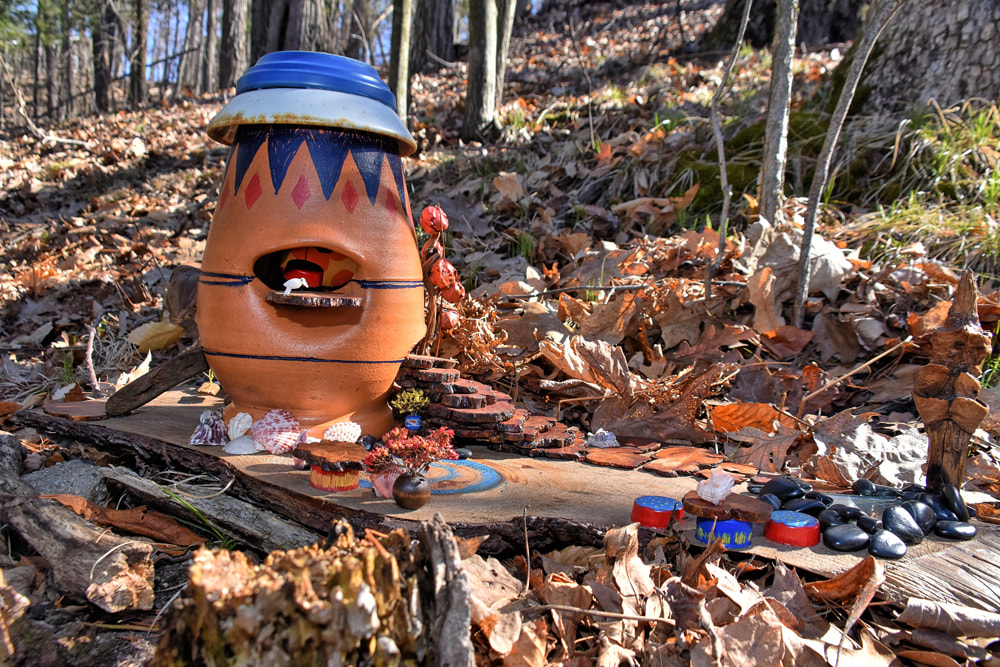
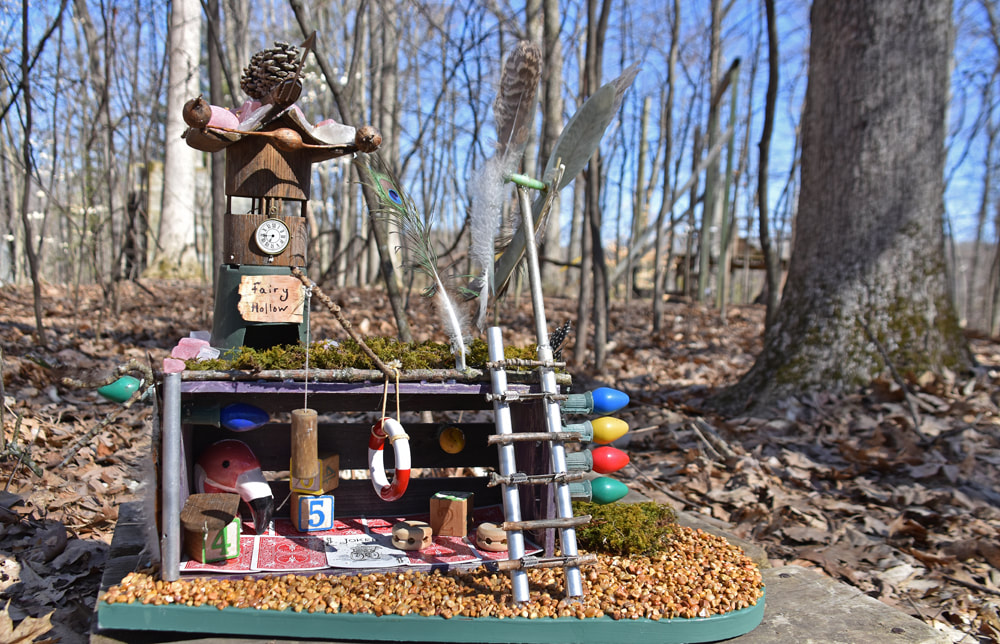
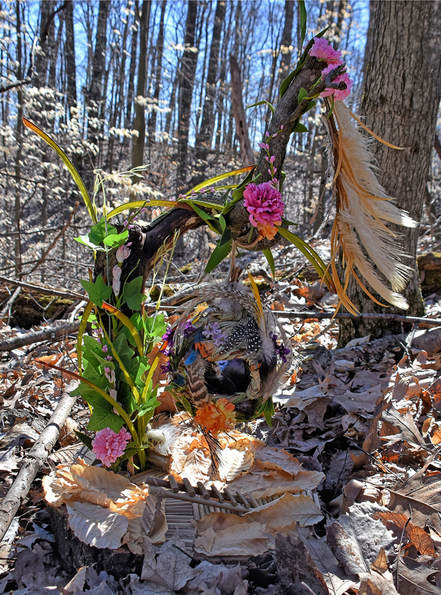
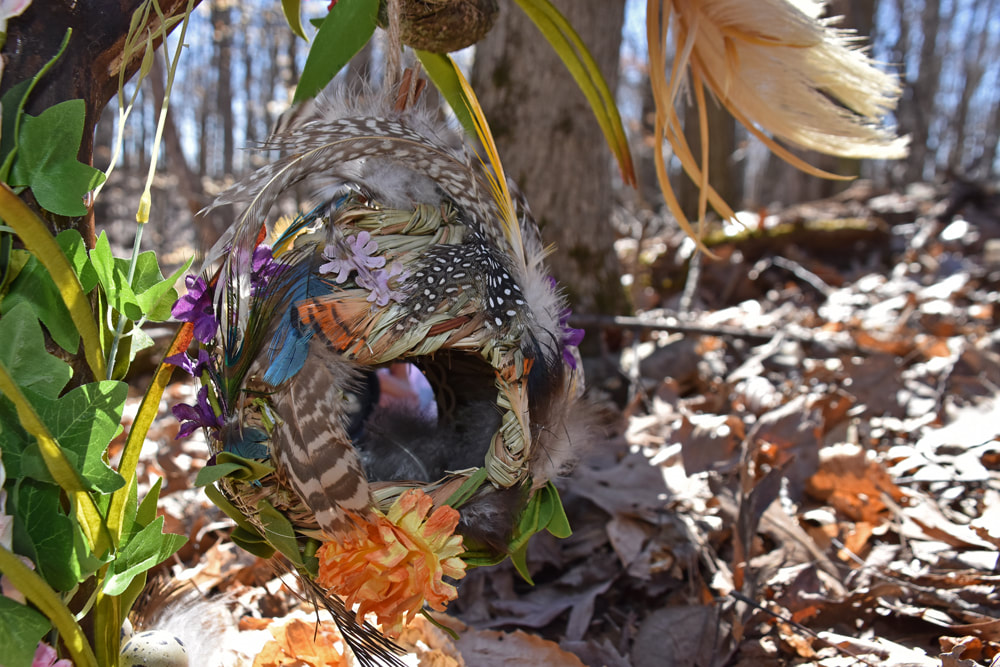
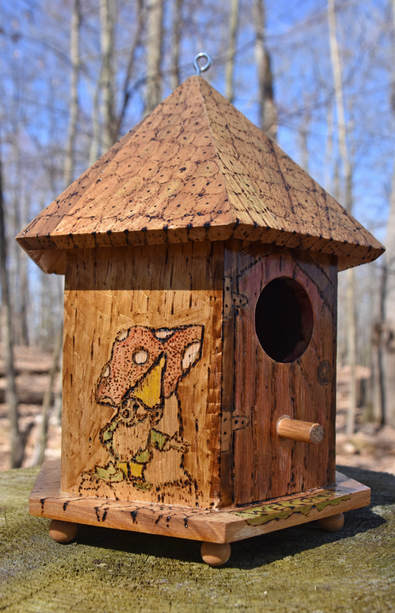
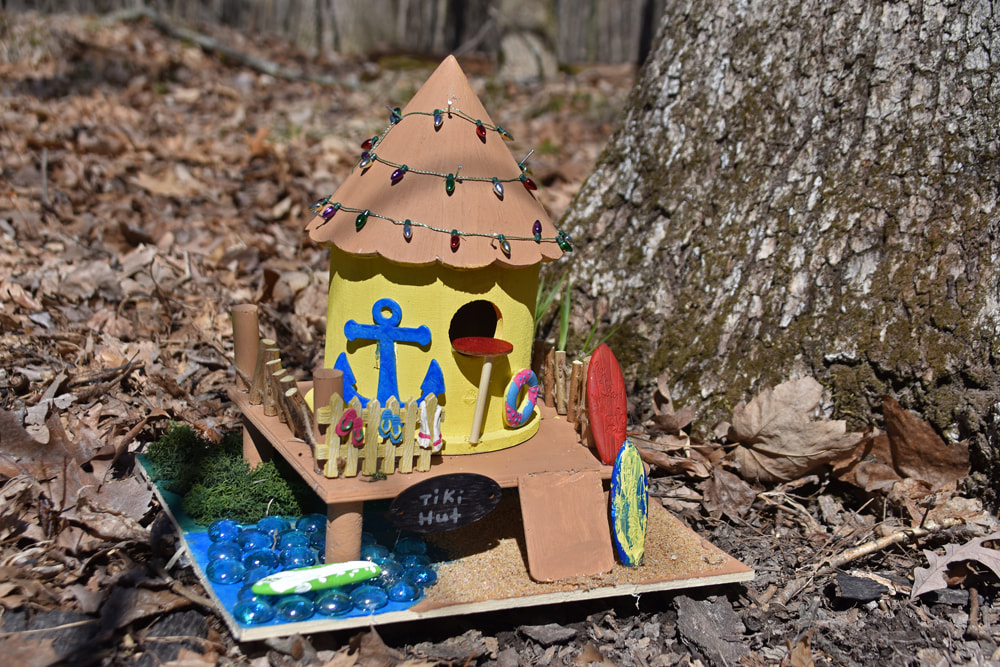
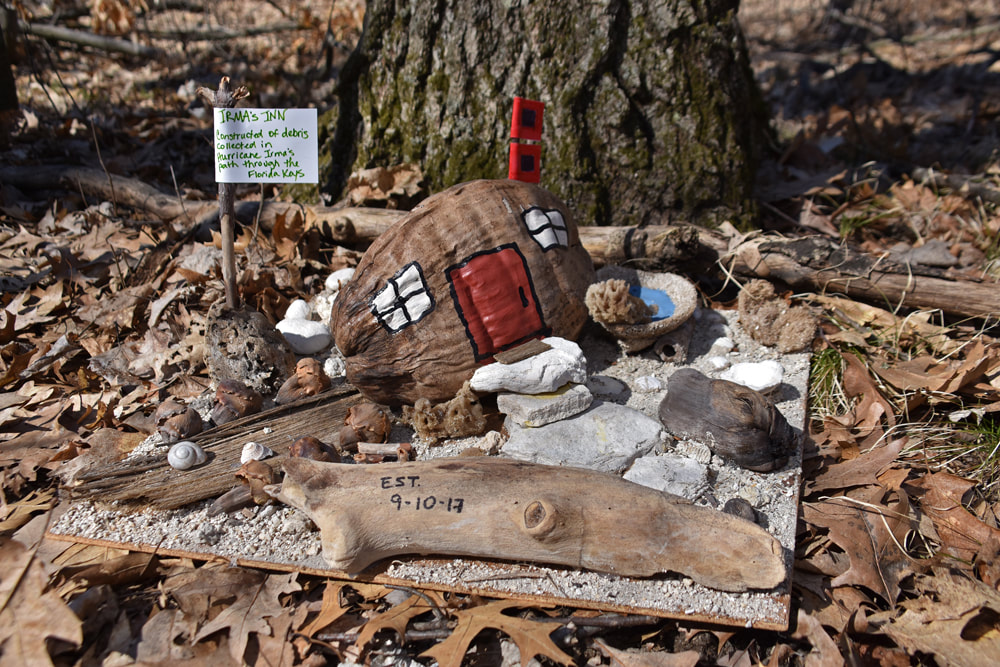
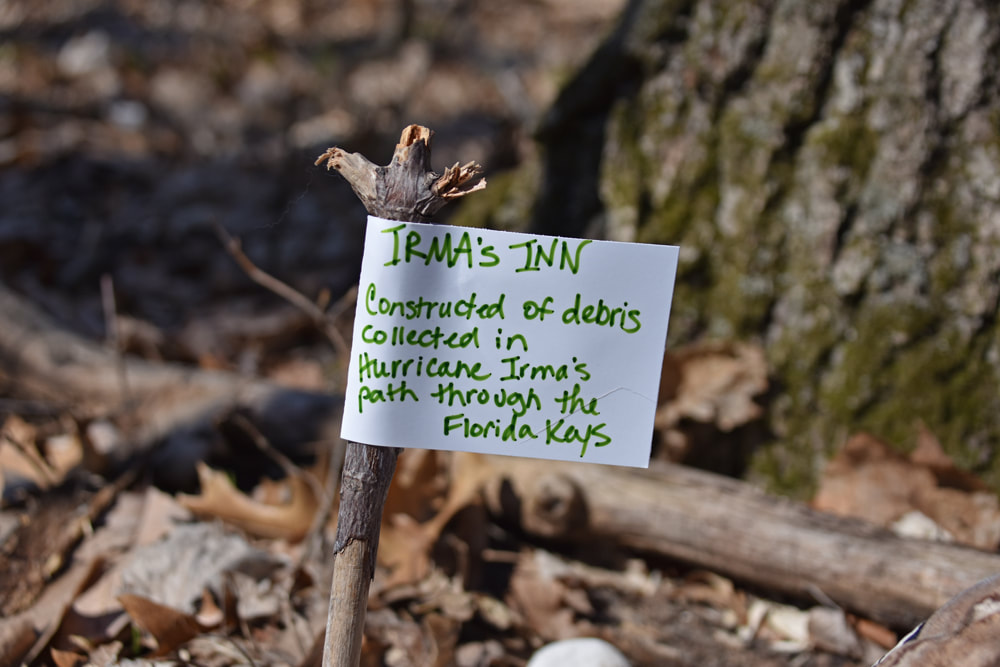
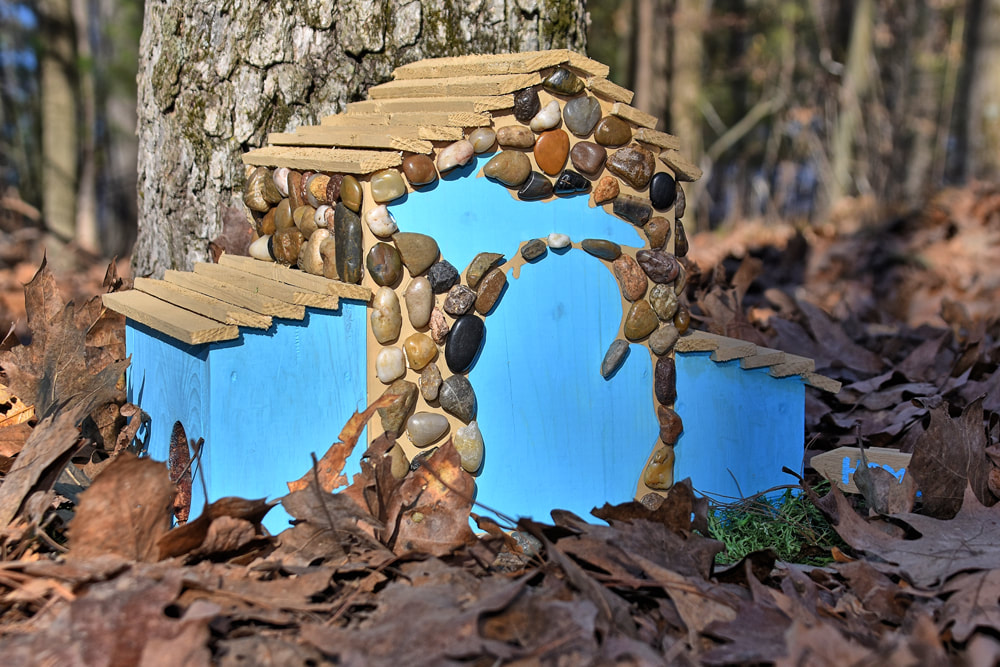
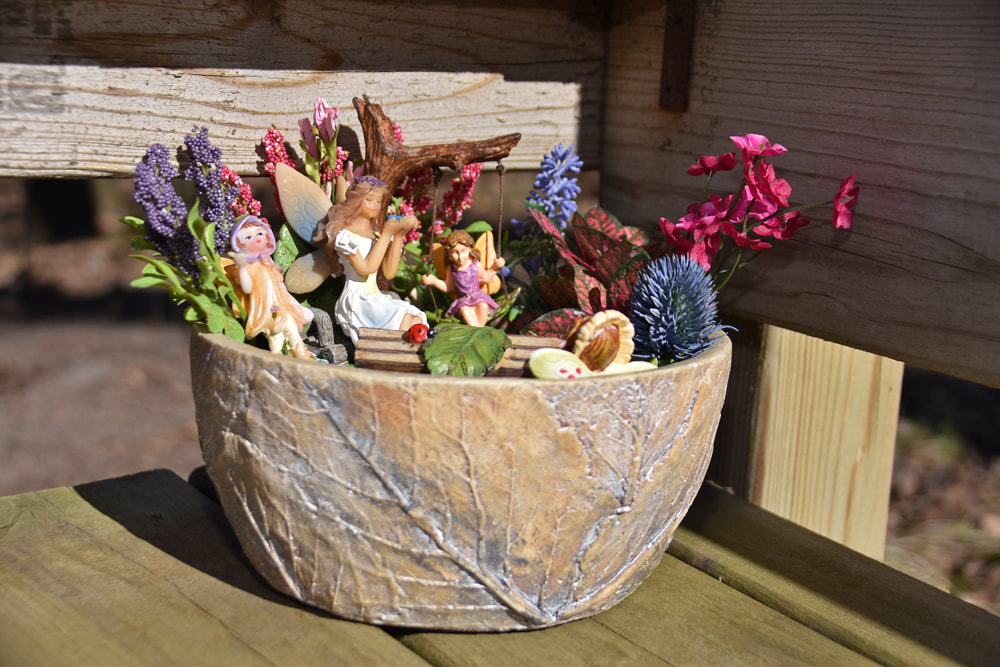
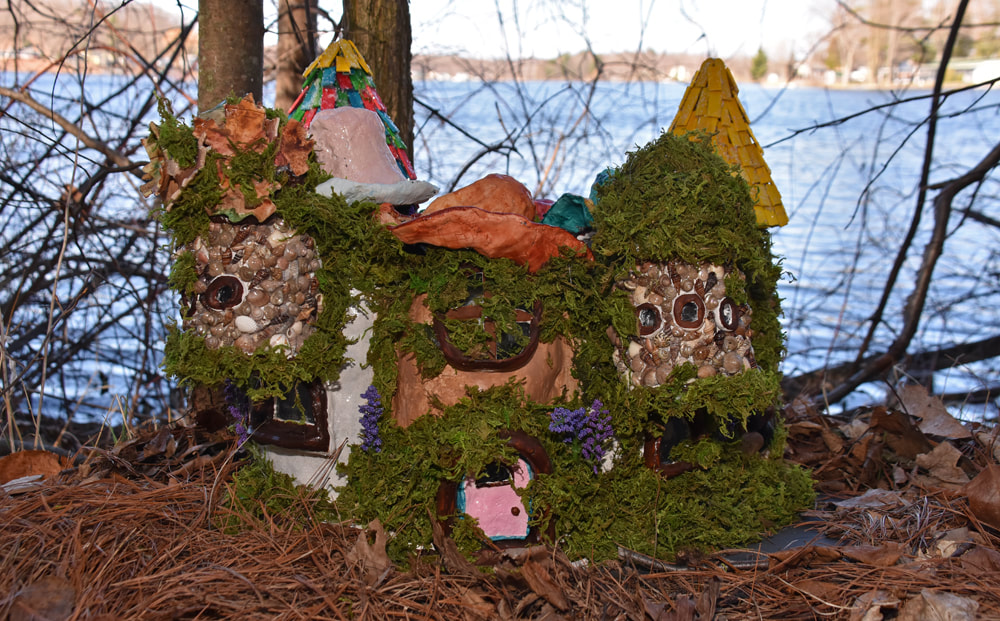
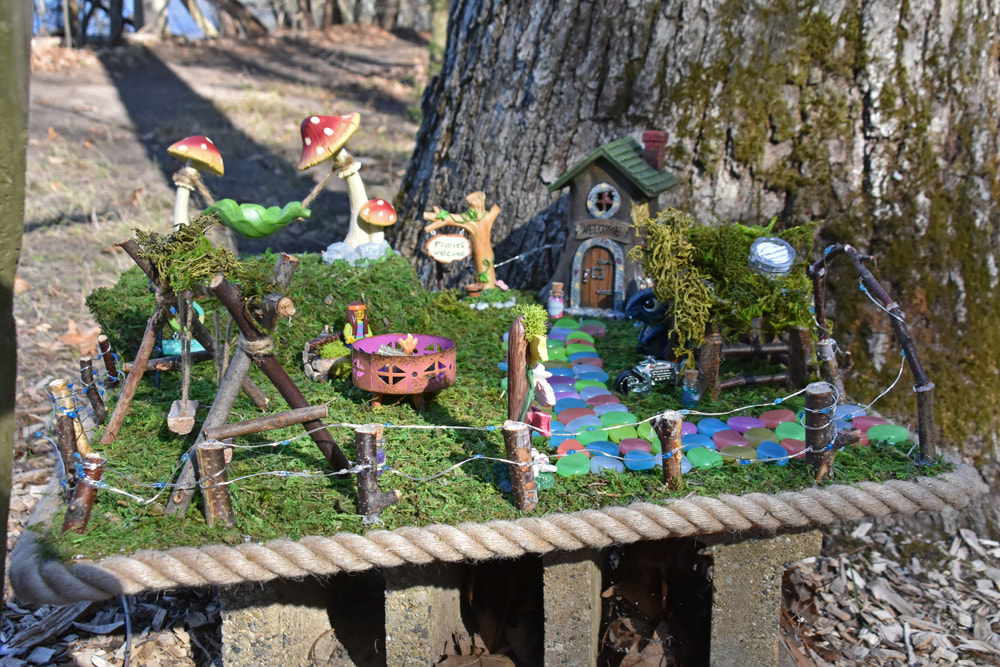
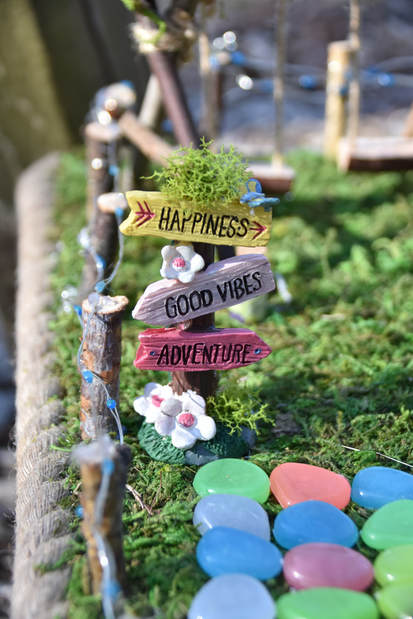
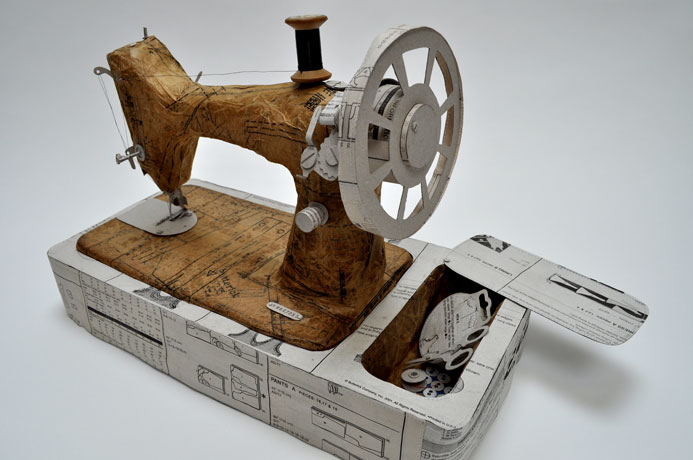
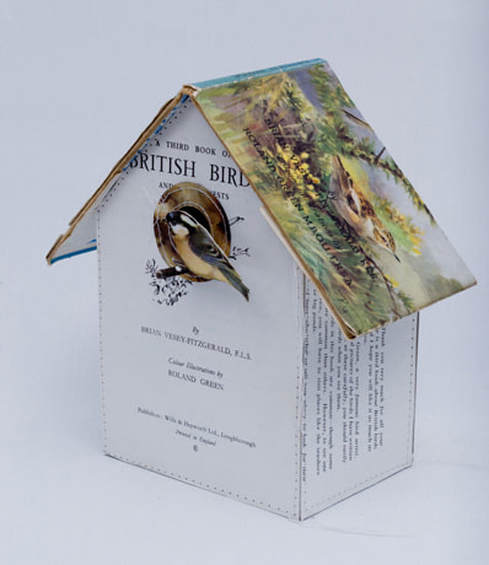
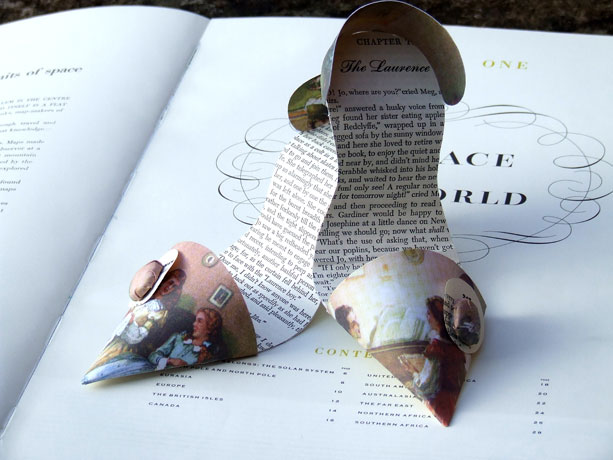
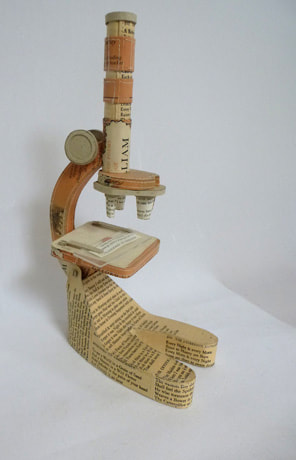
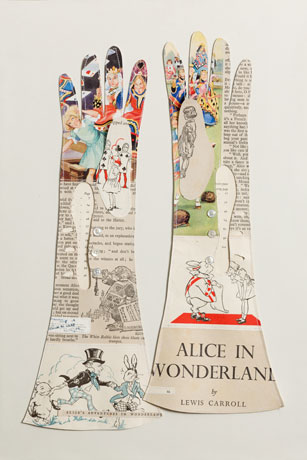





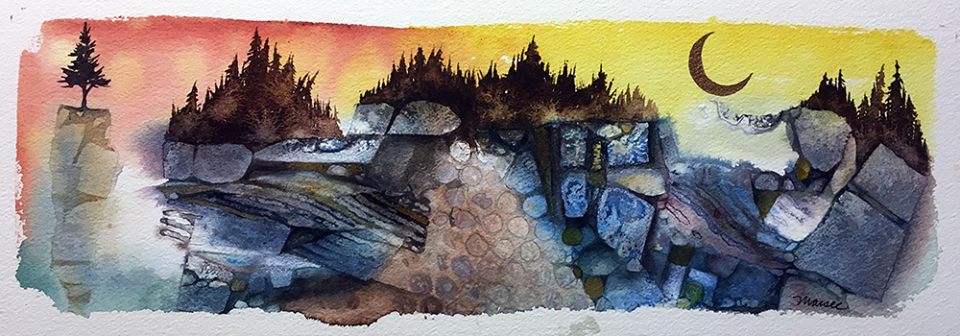
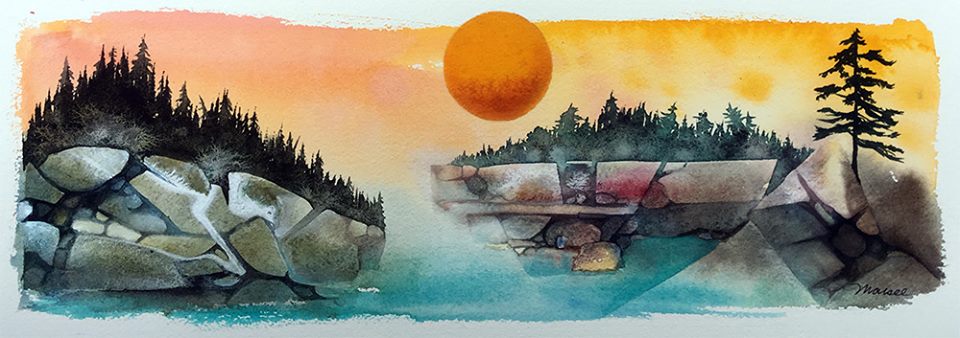
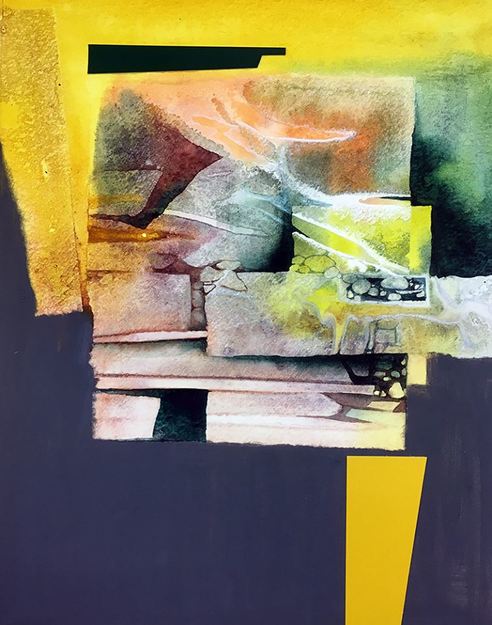
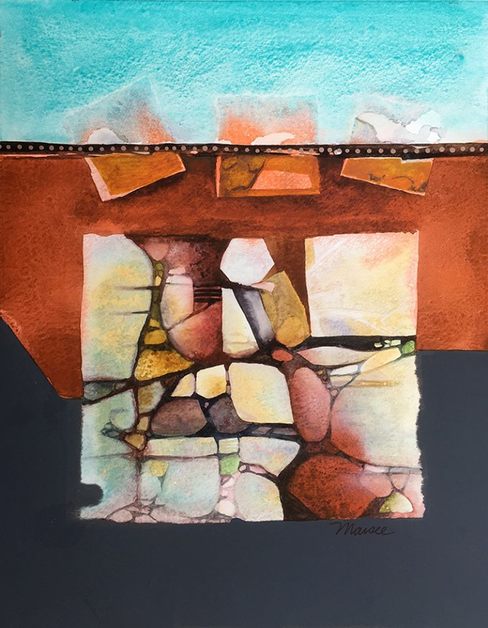
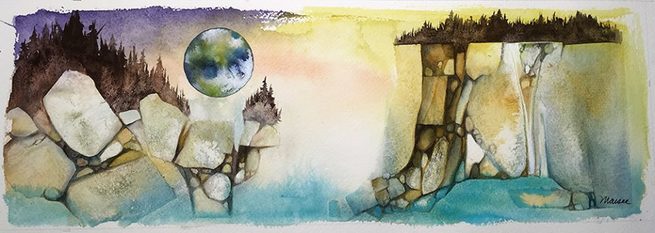

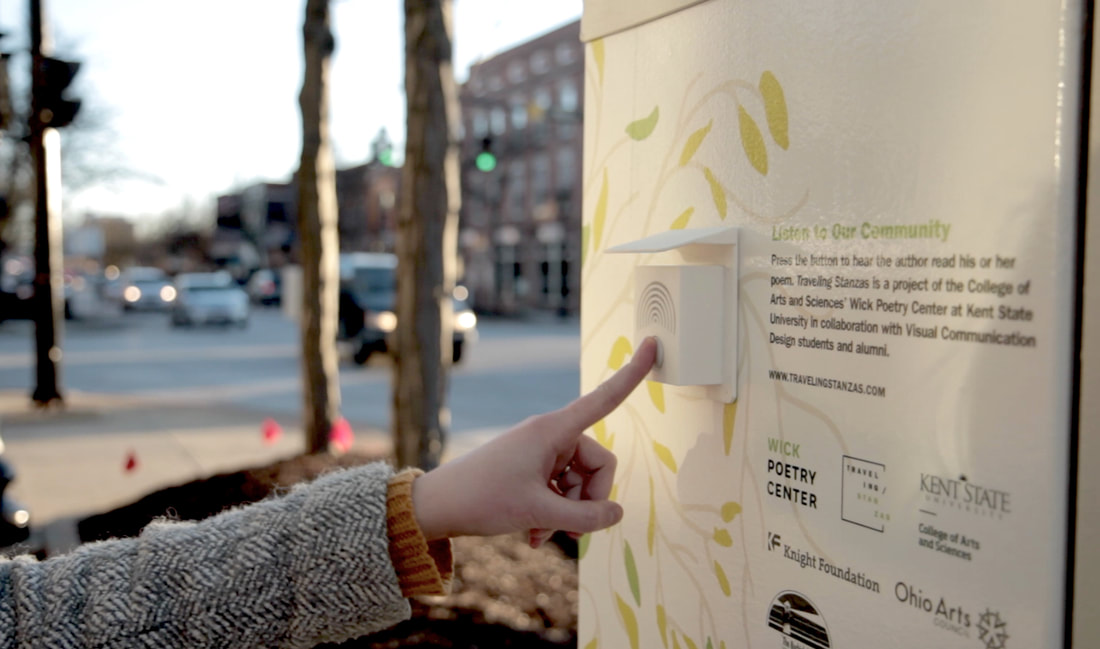
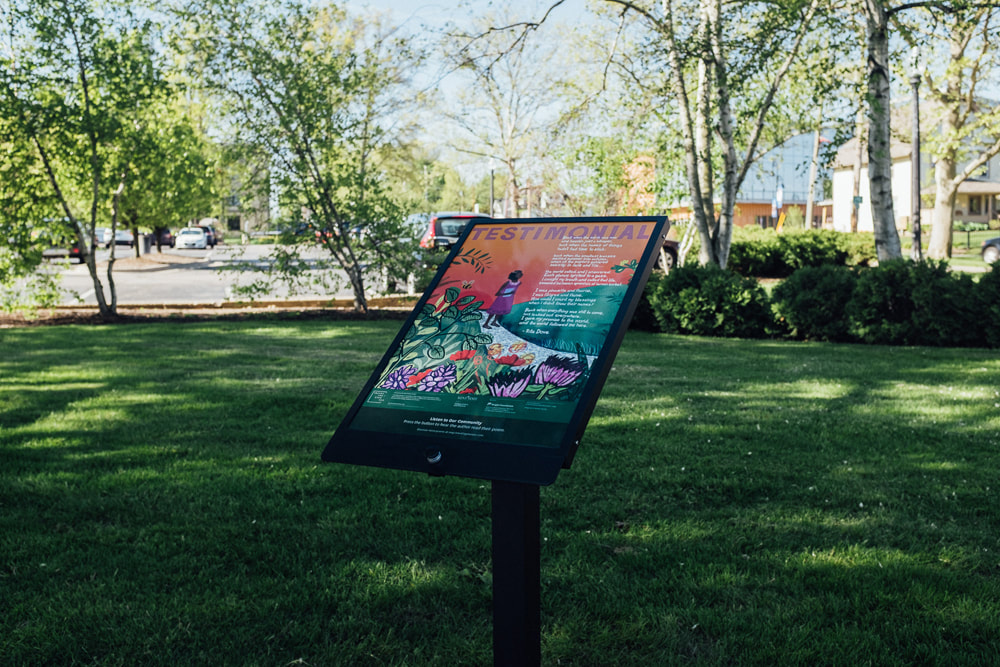
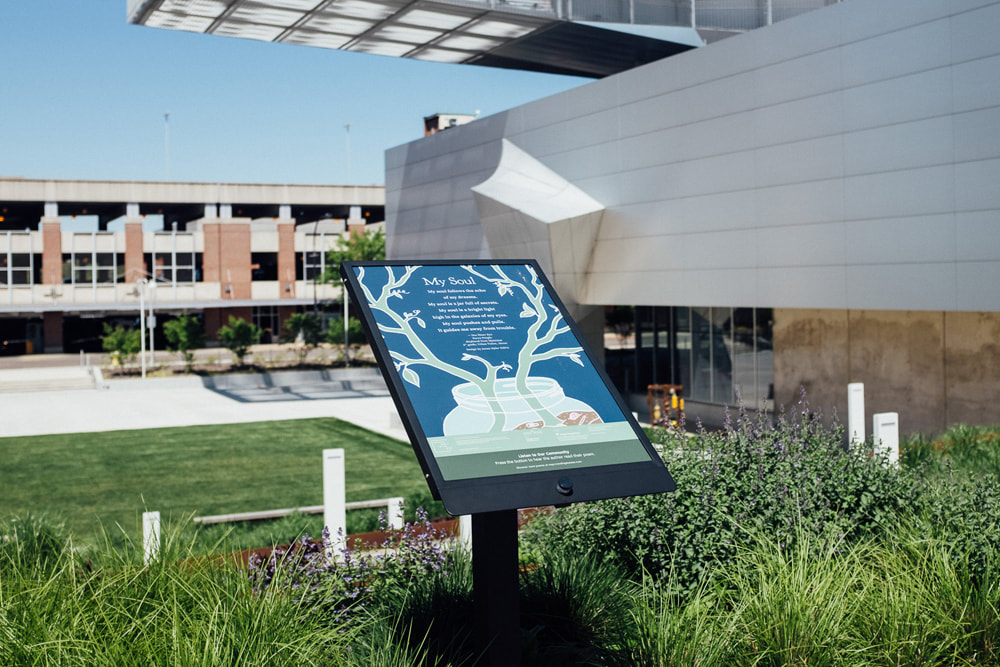
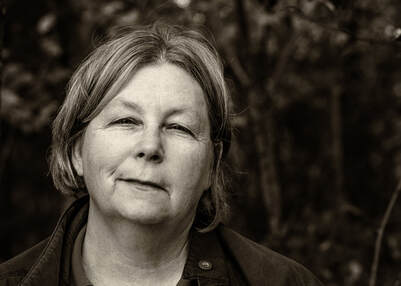
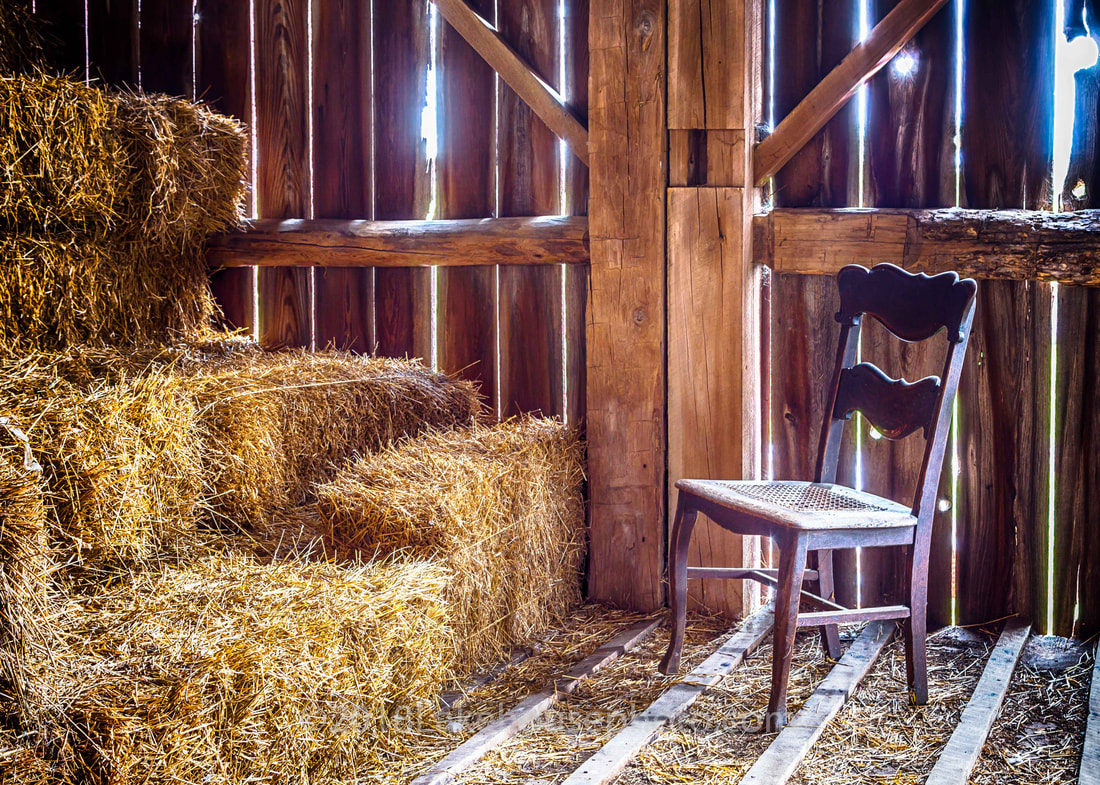
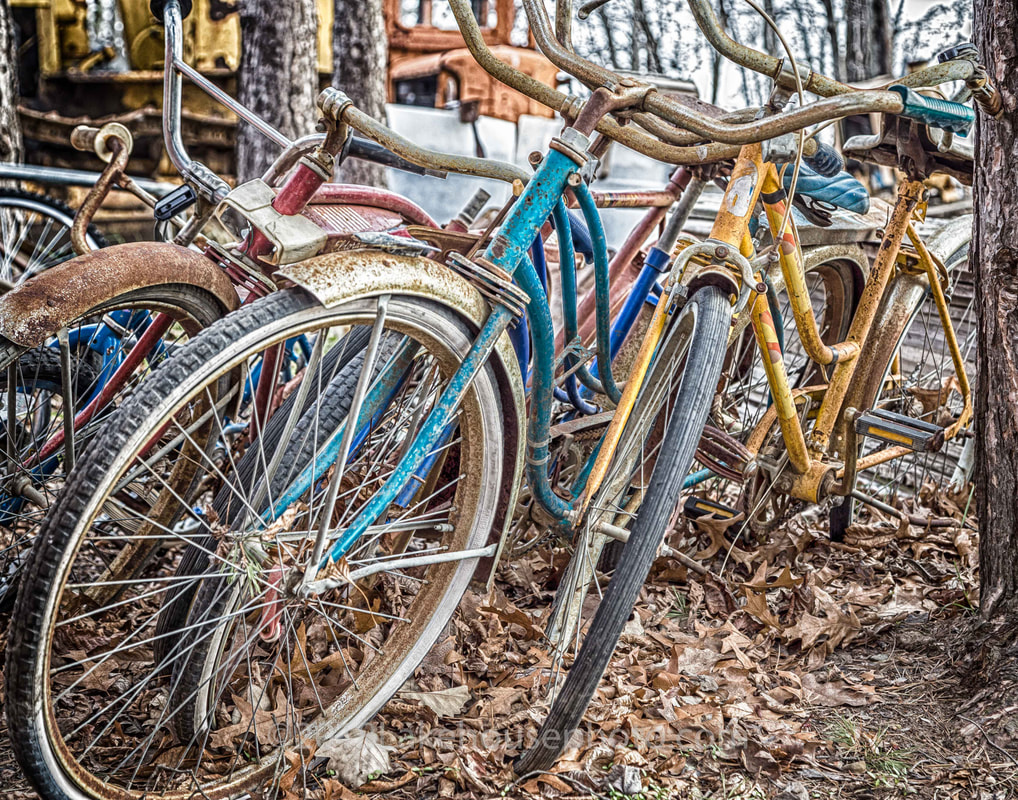

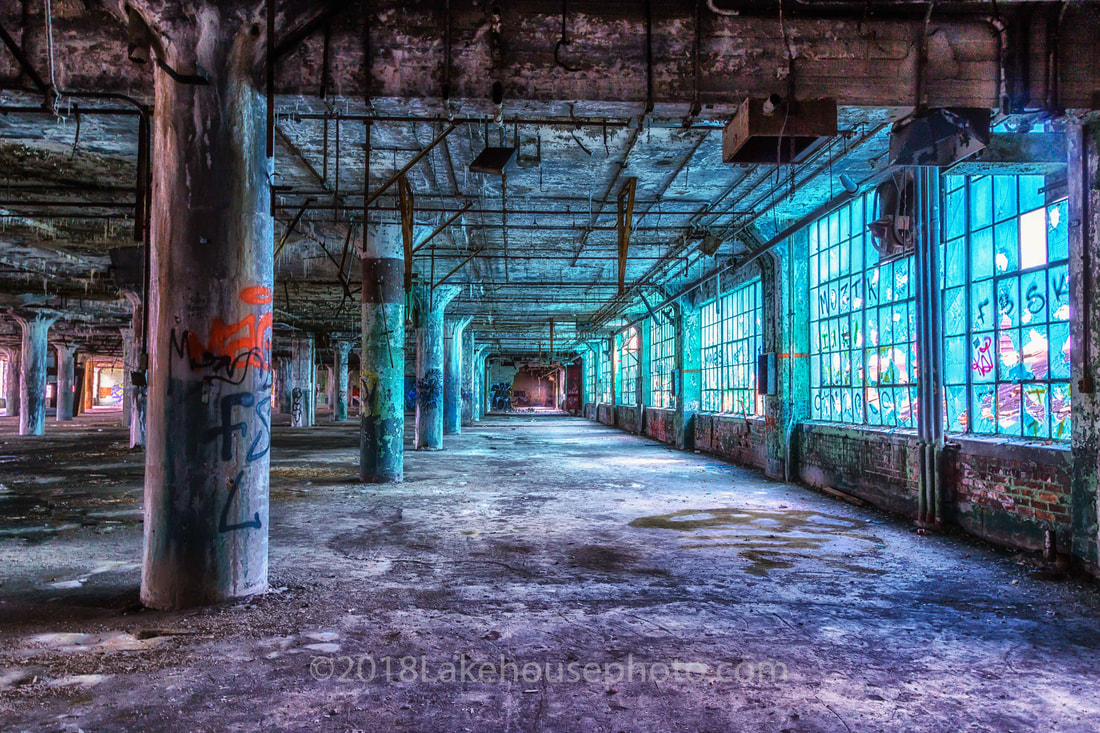

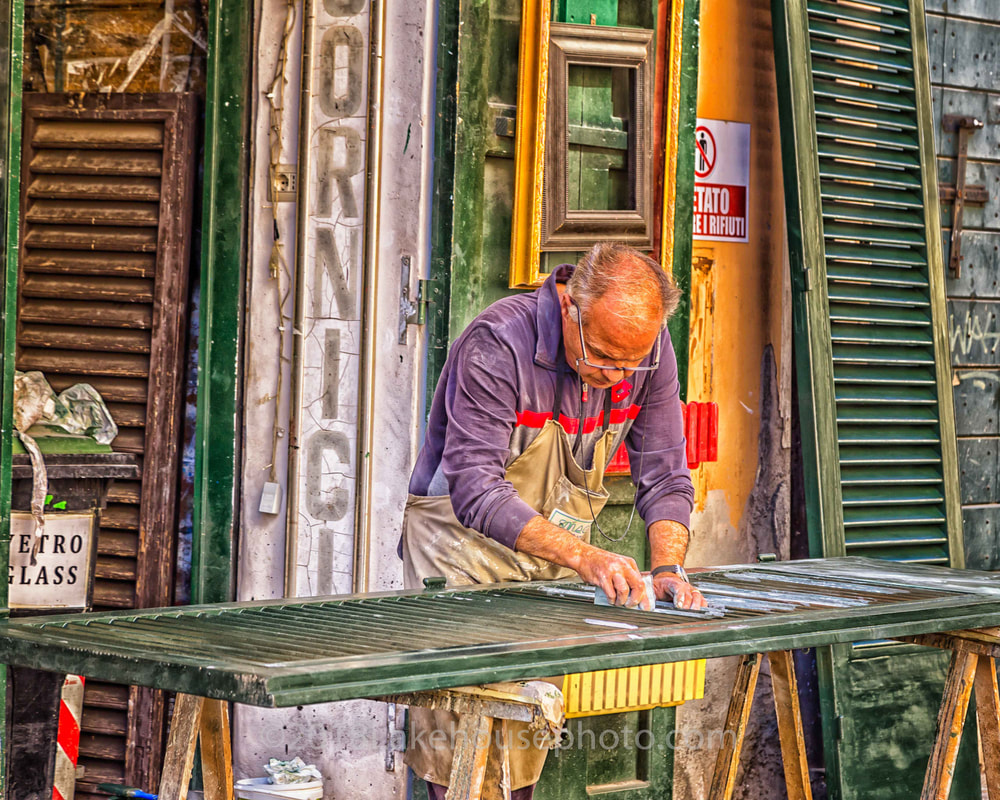

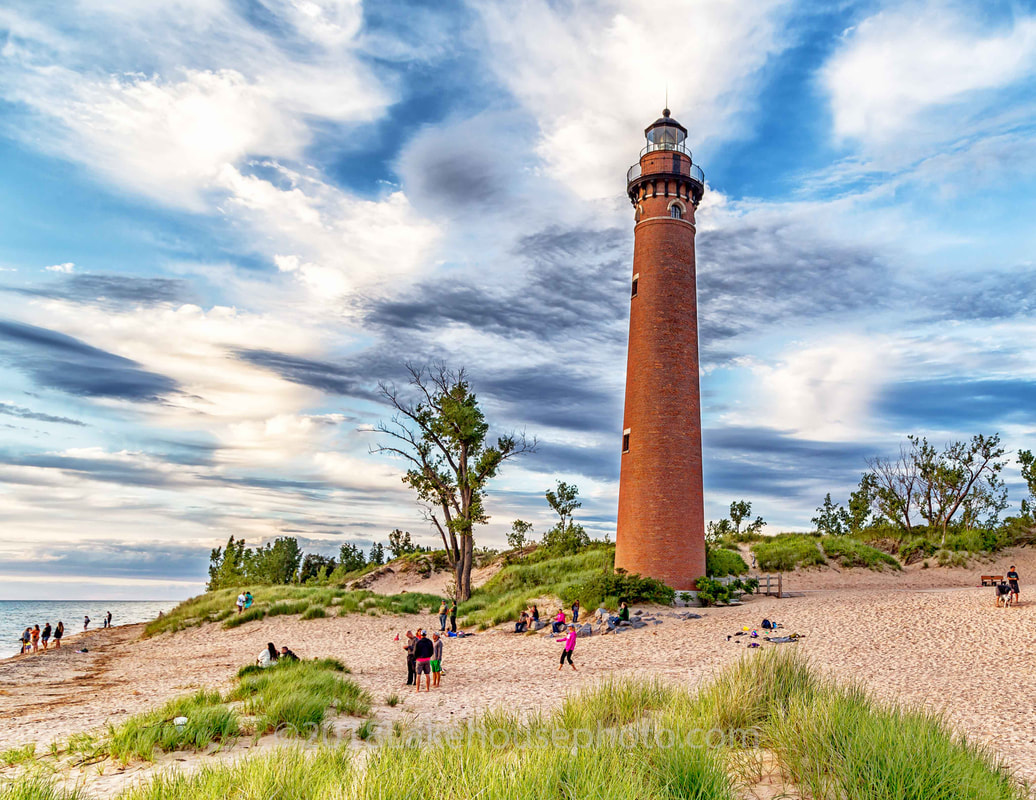
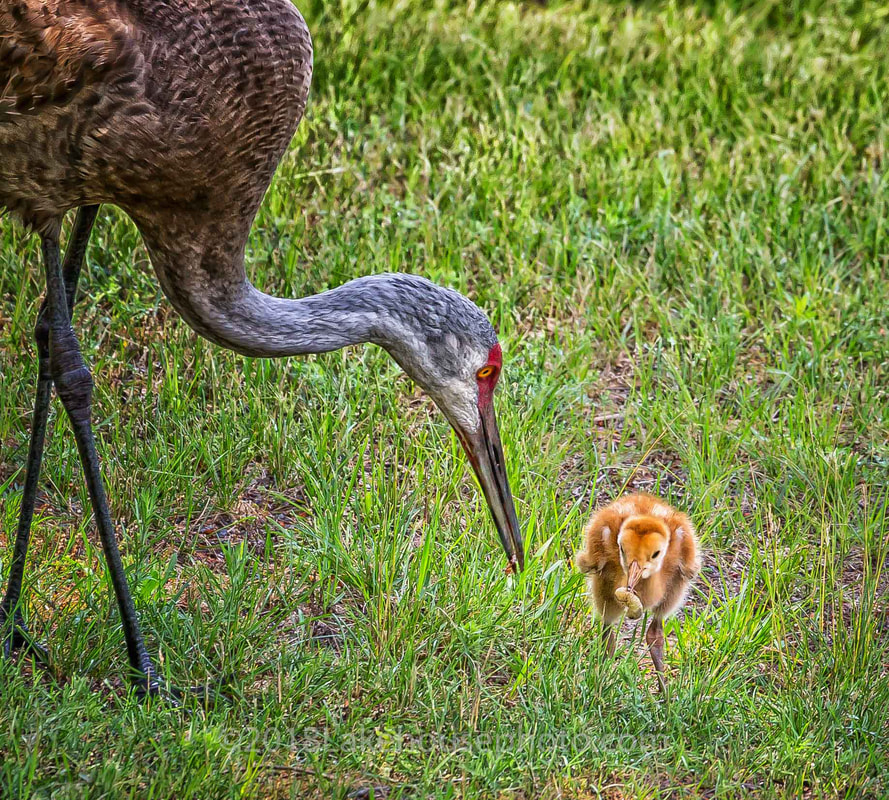
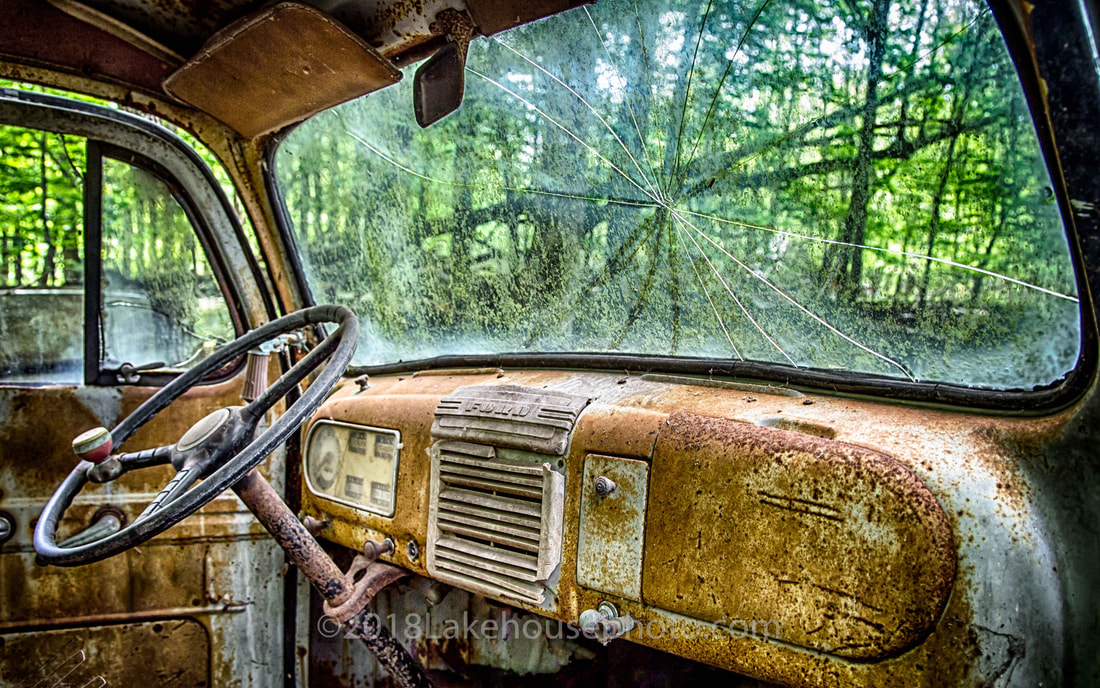
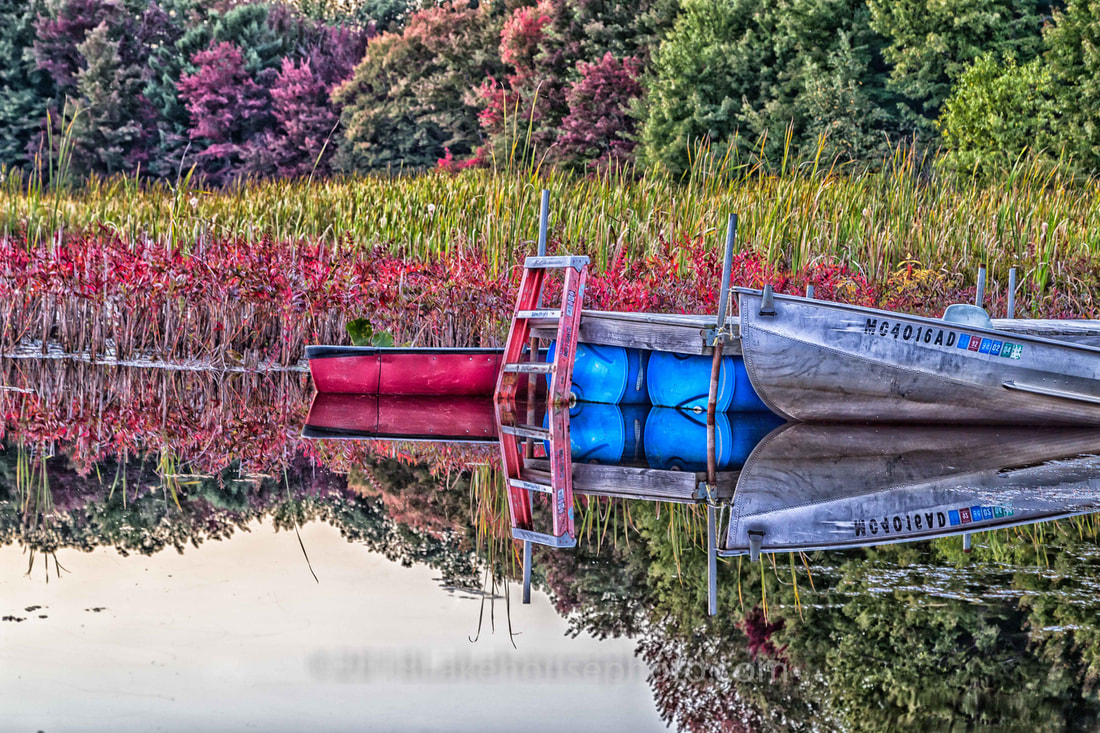
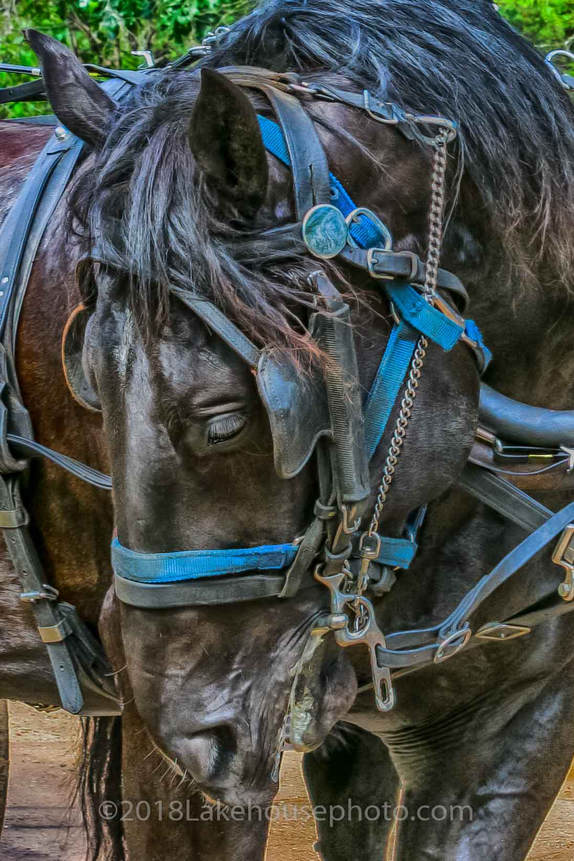
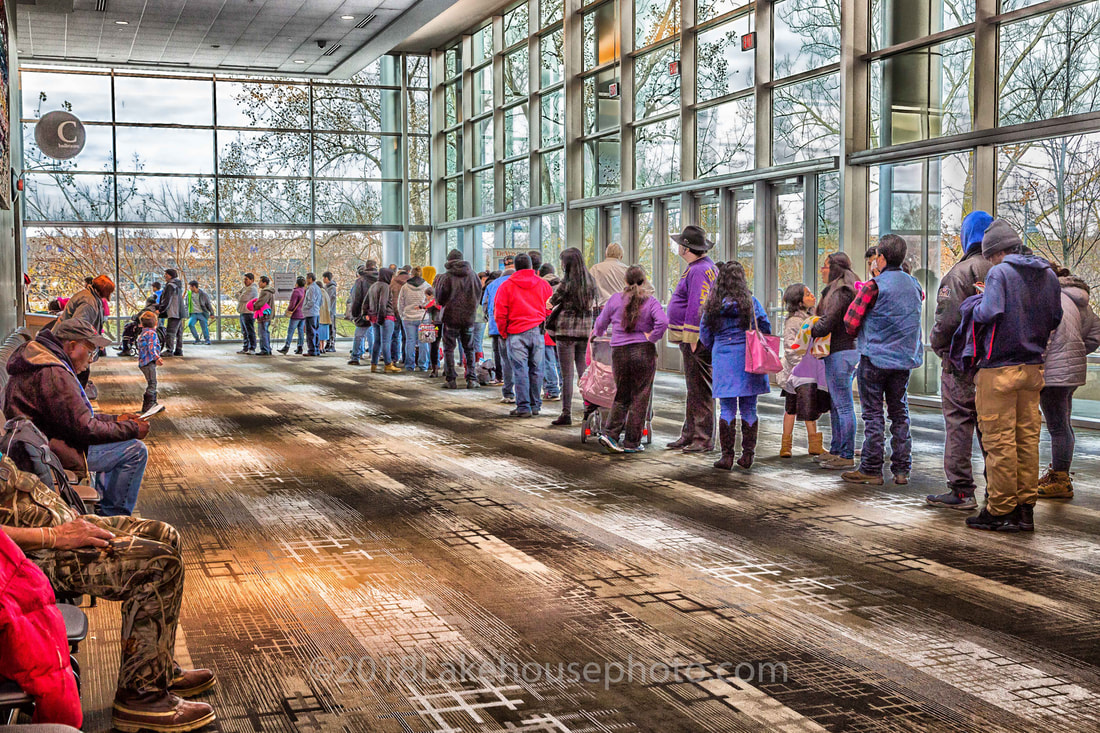
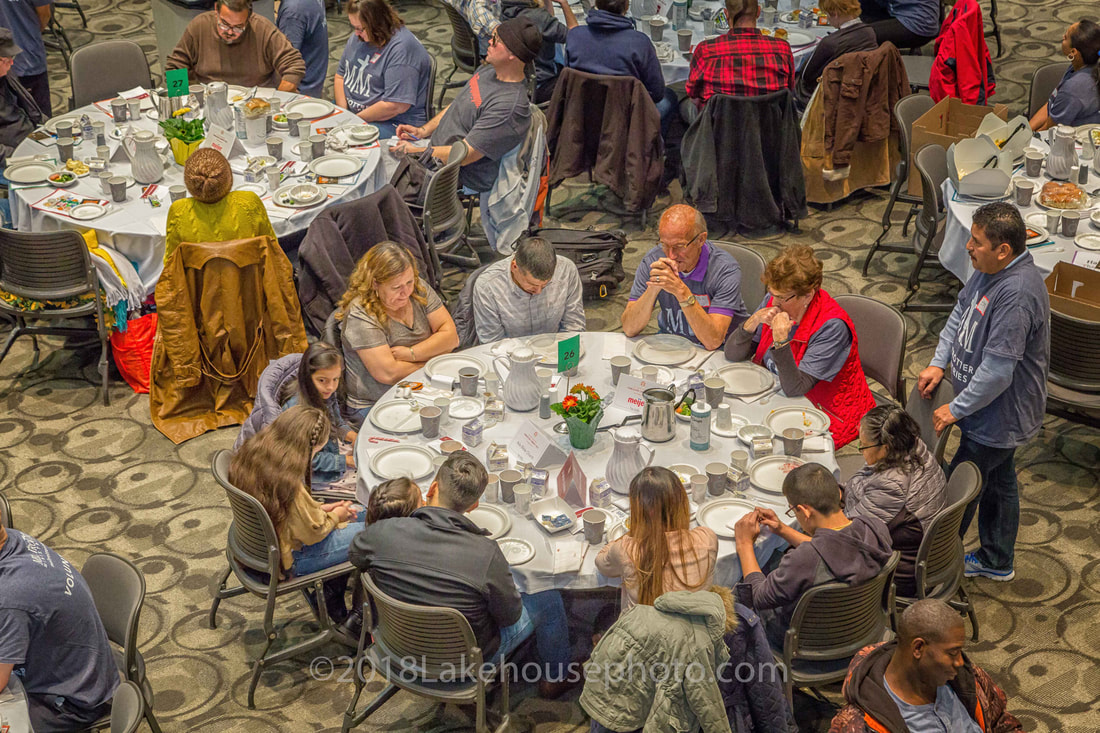
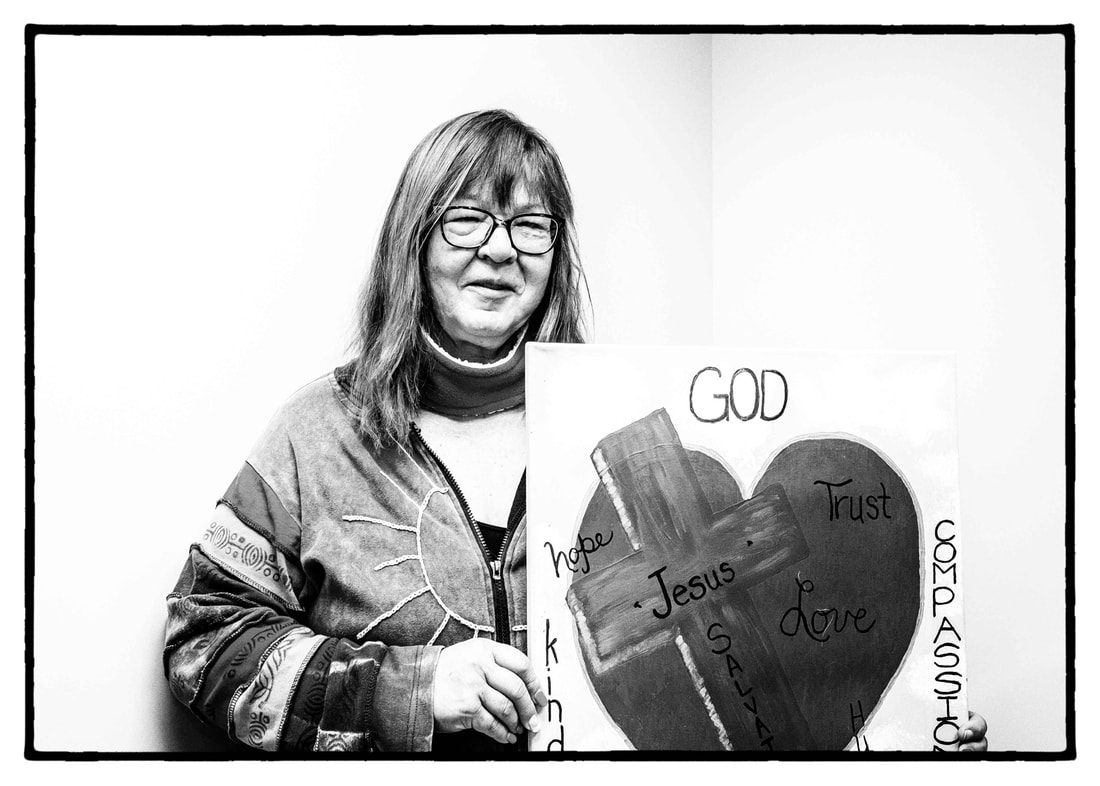
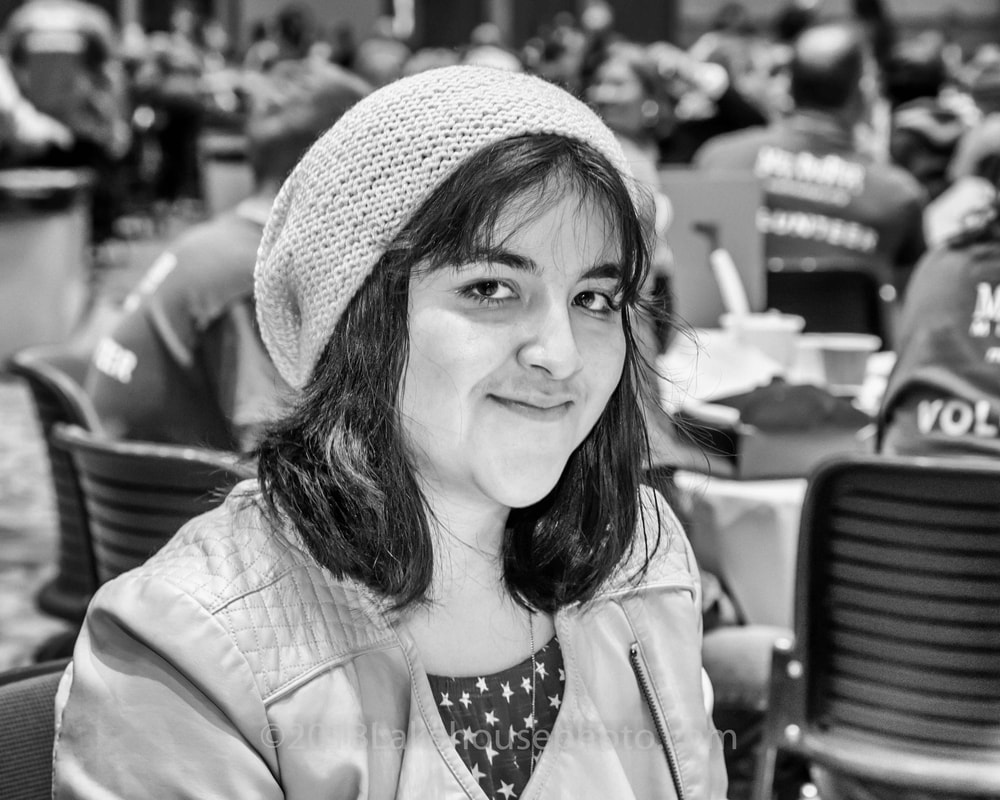
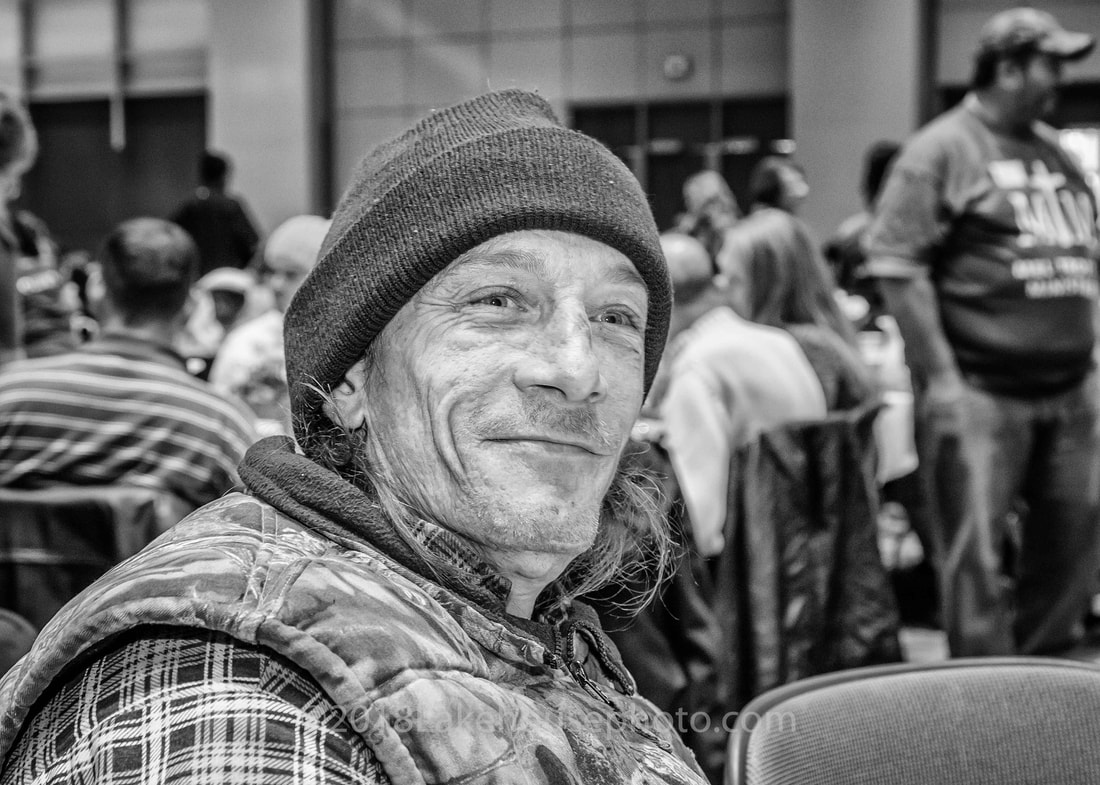
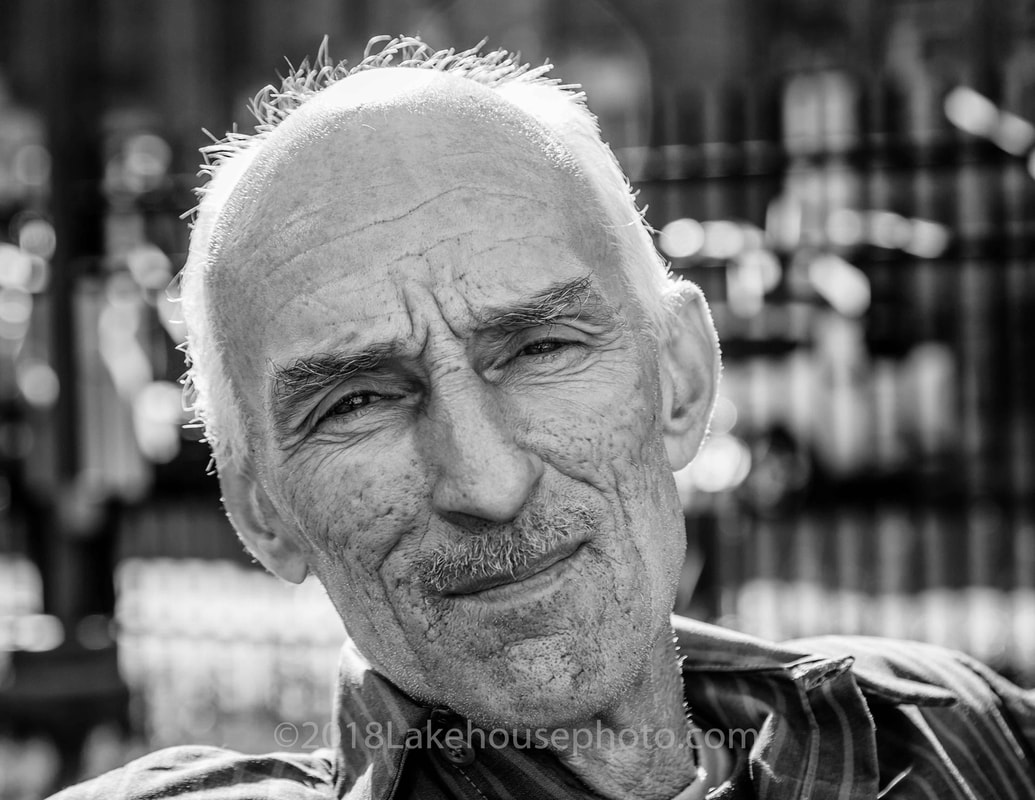
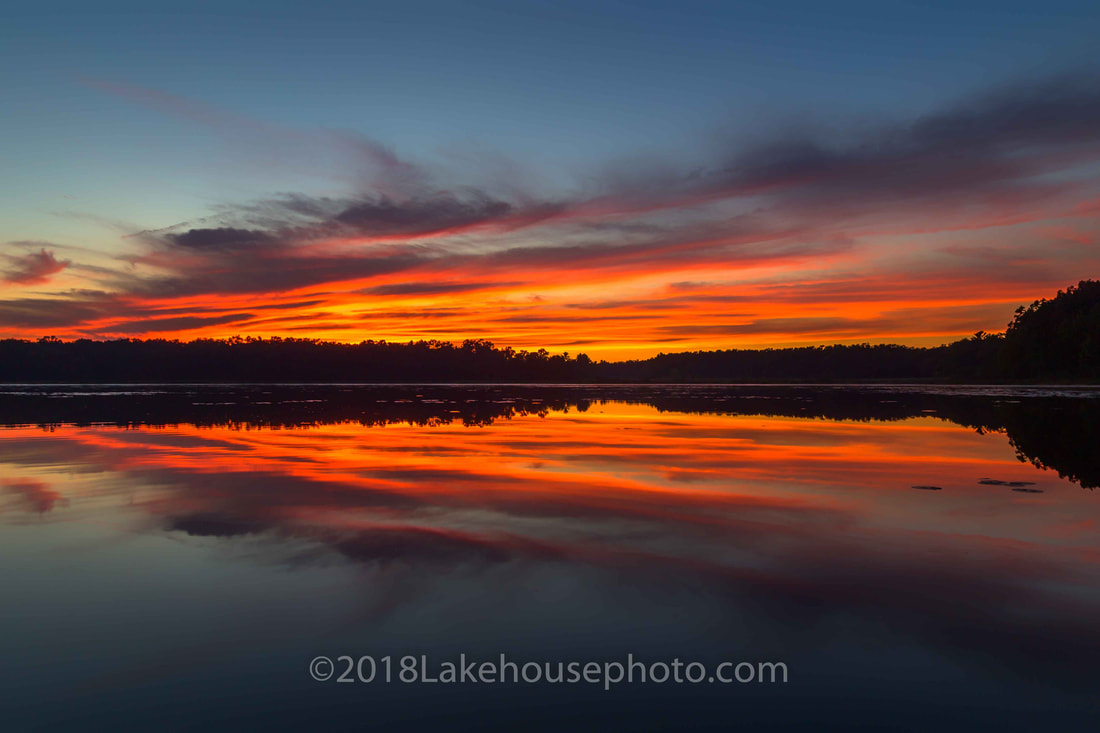
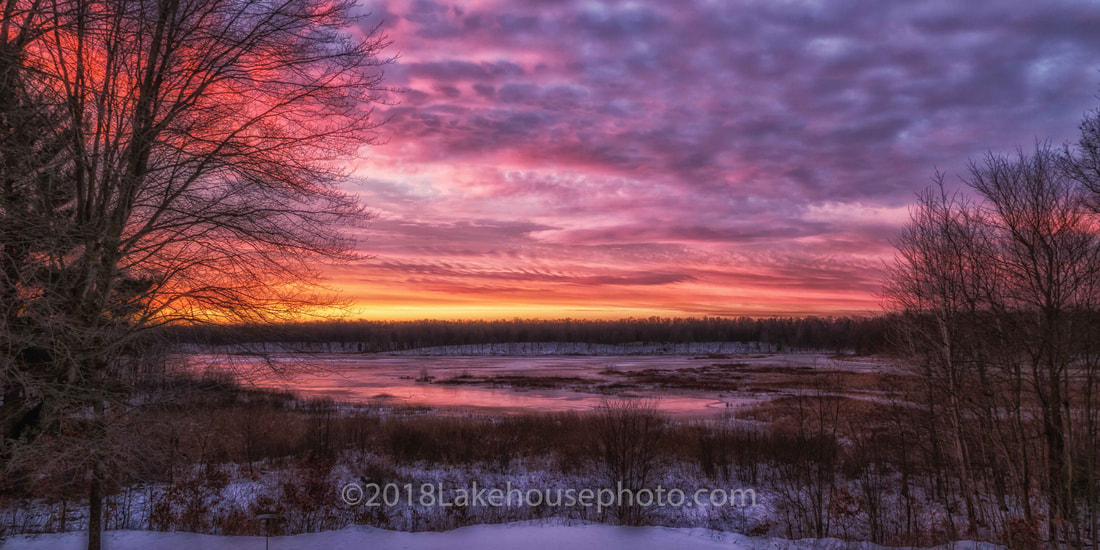
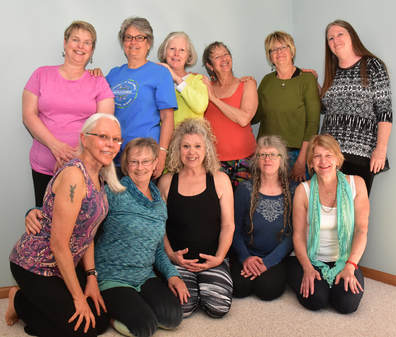
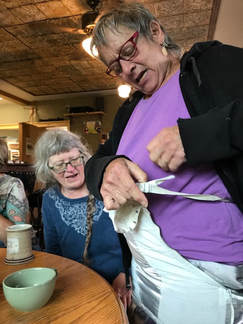
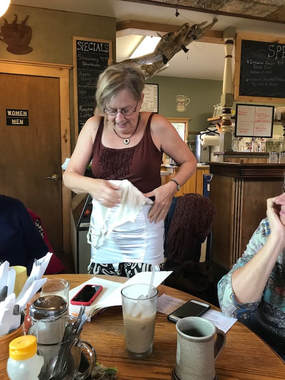
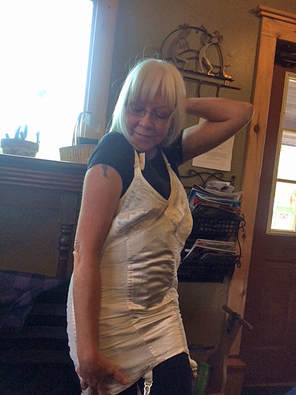
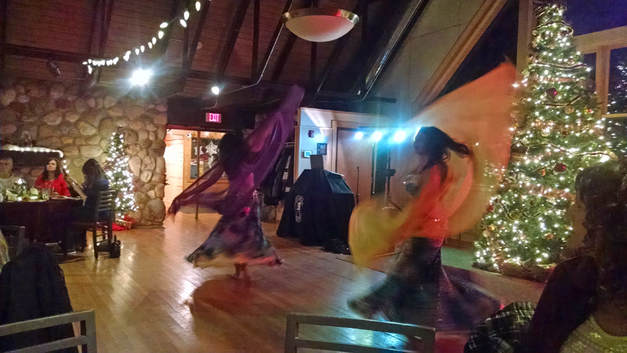
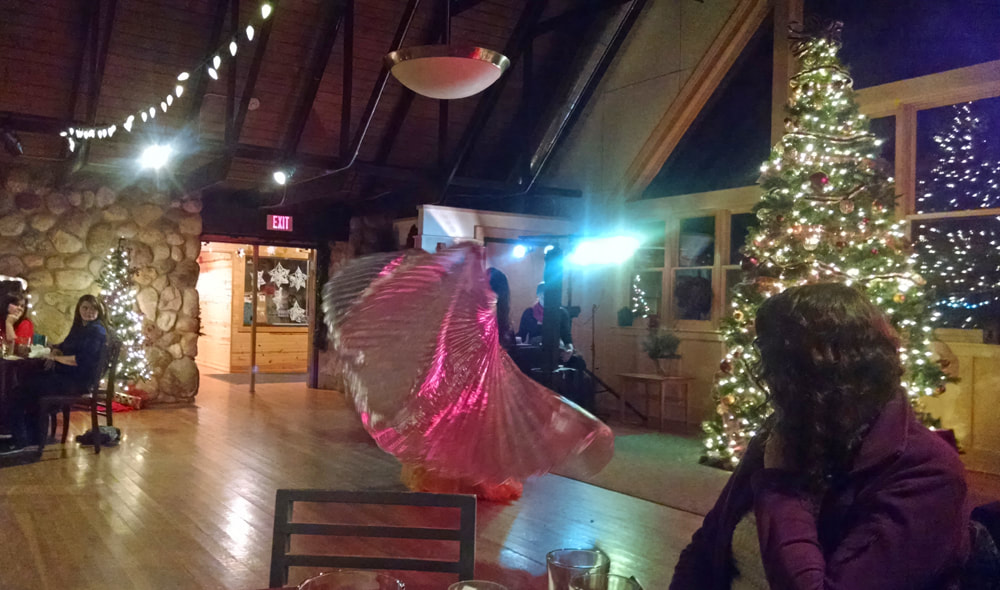

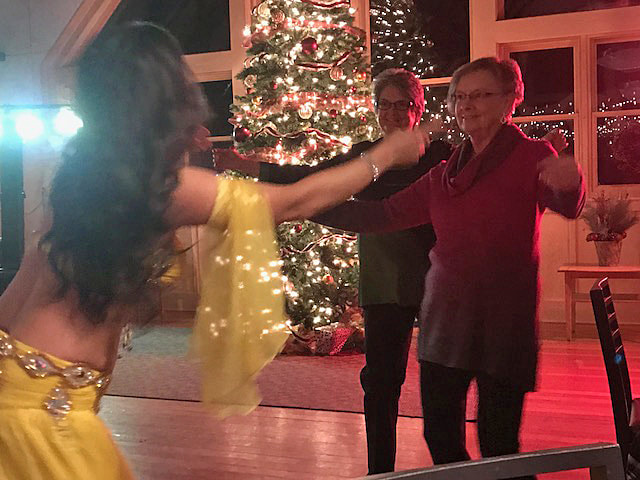
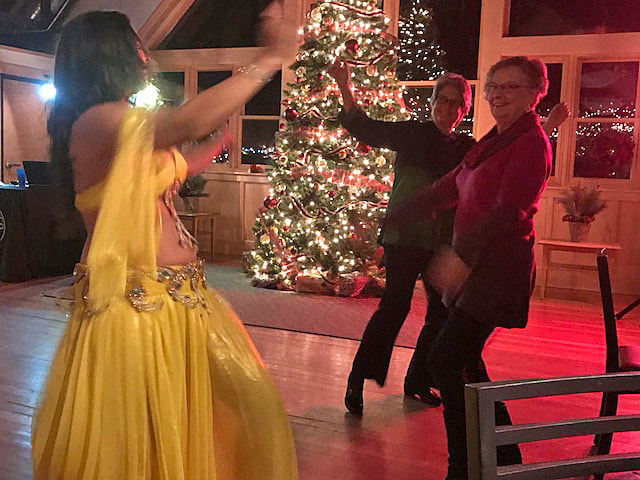
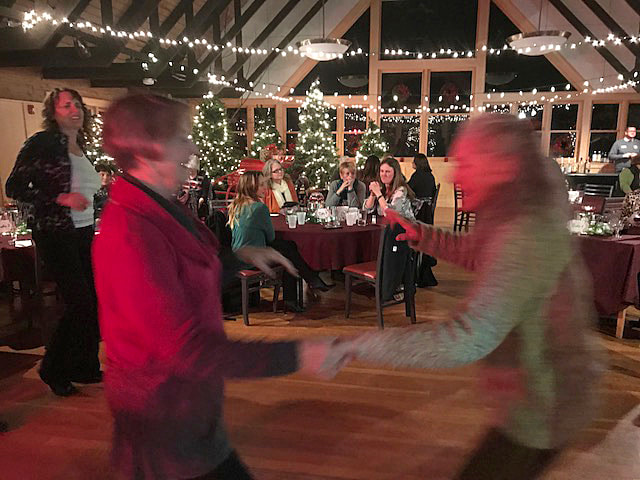
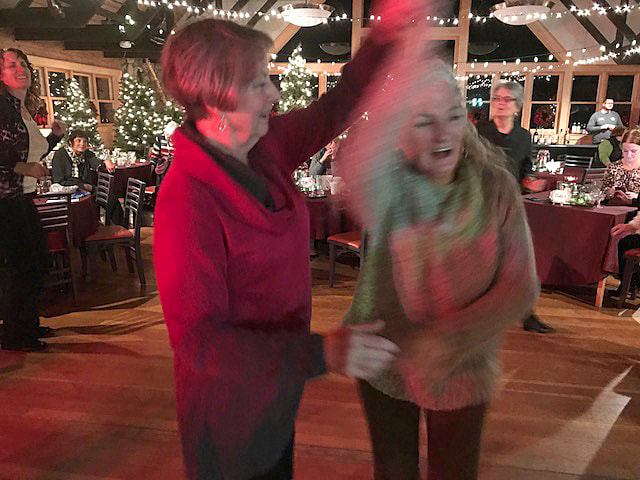

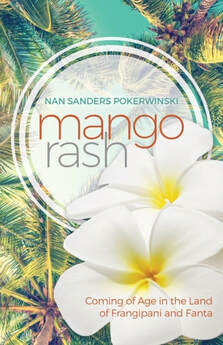
 RSS Feed
RSS Feed